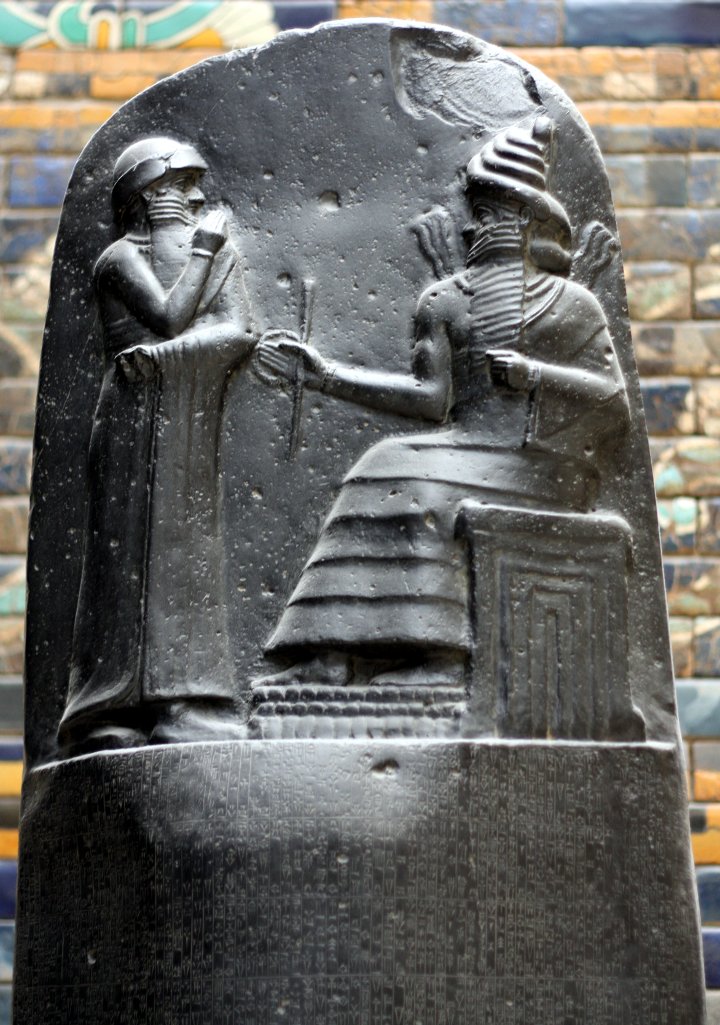
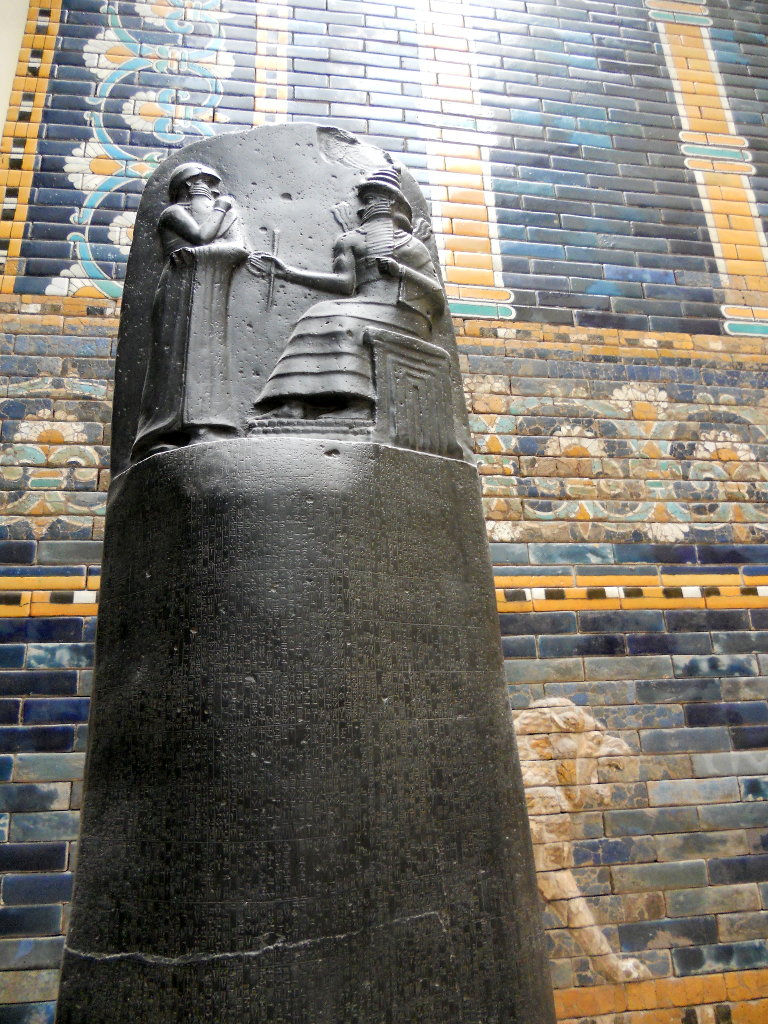
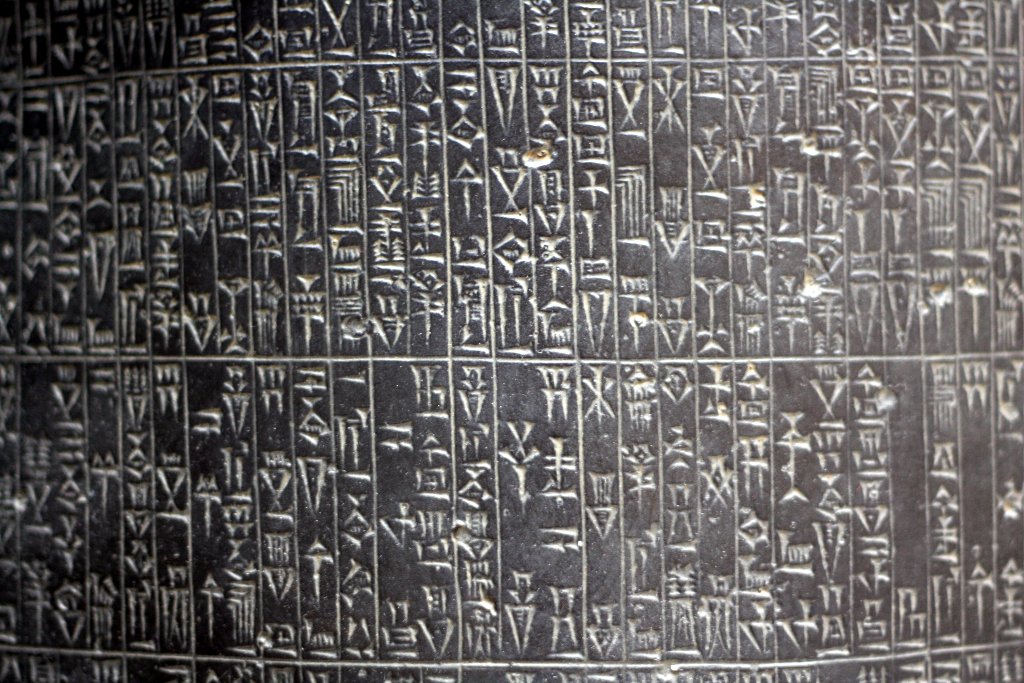
Below are the flower of life objects on the wall near the stele in the photos above. They were thought to be part of the wall or something, but the wall is a reconstruction and I can’t remember any text description of the objects. Other than that it was decorative. Personally I believe it’s a special symbol, as it is seen all over the globe from all the ages. From India to northern Norway…

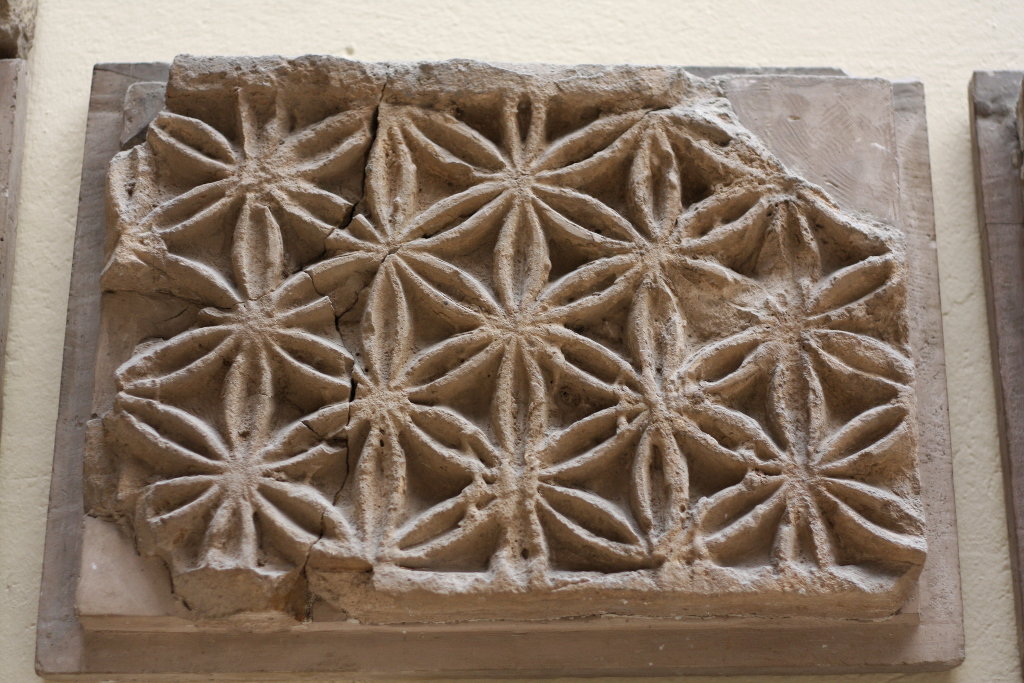
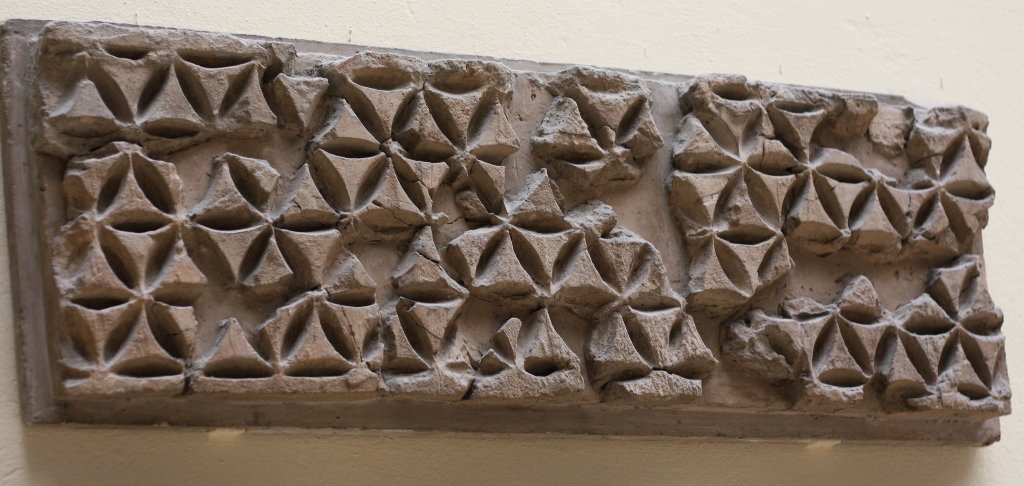
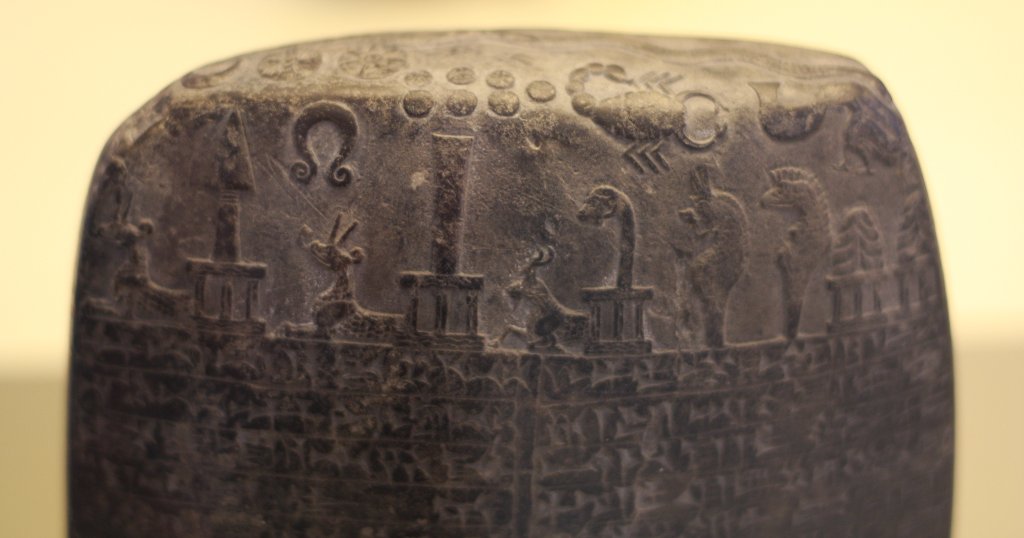

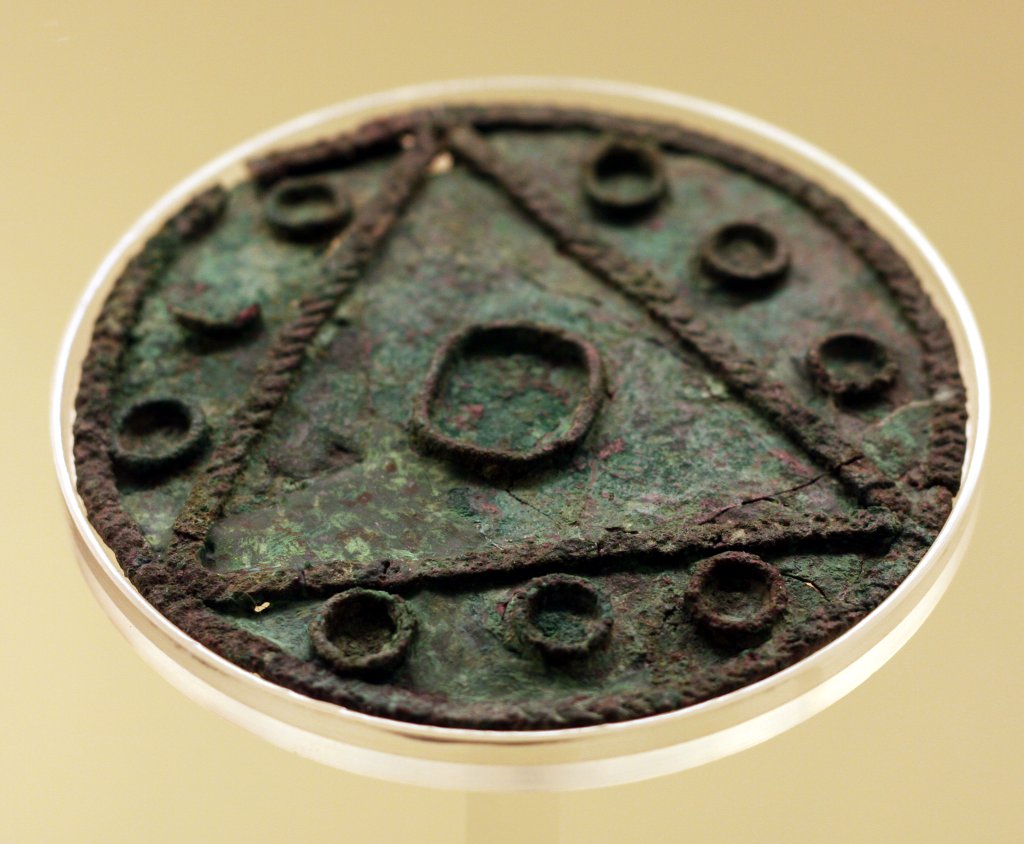
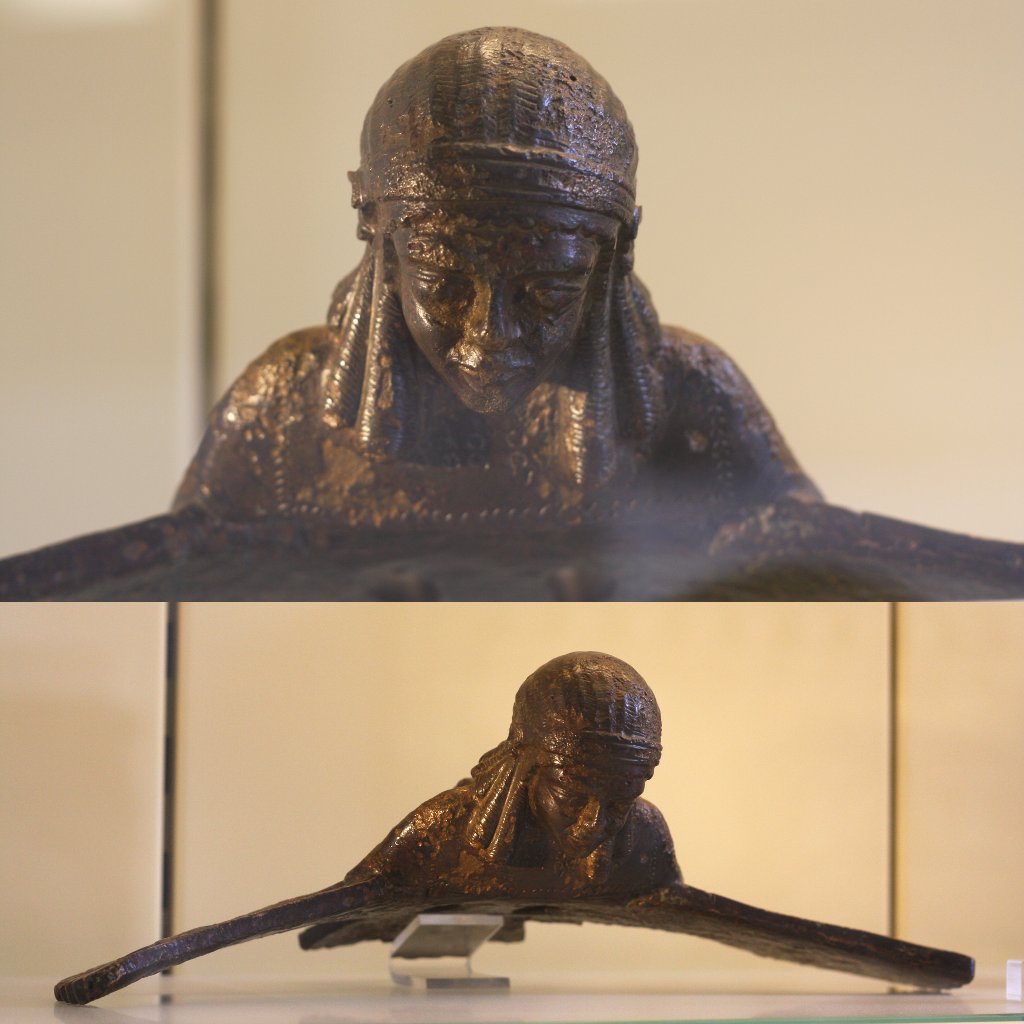
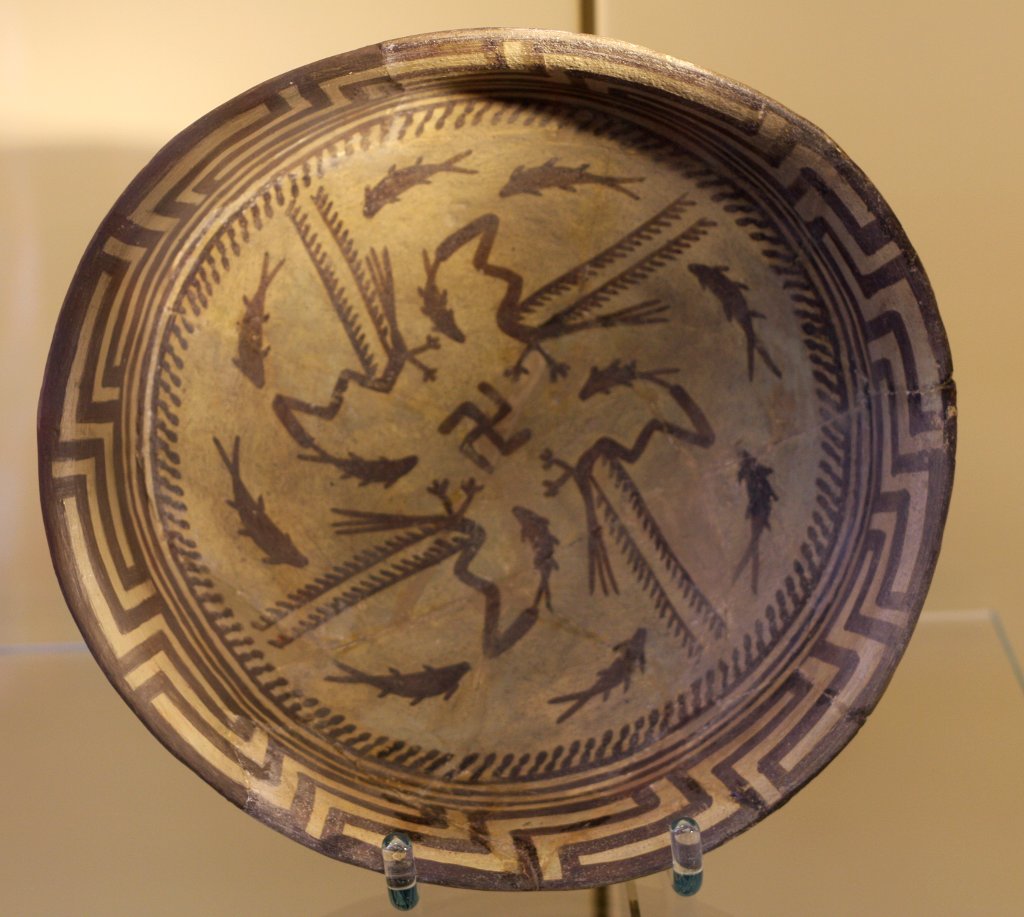
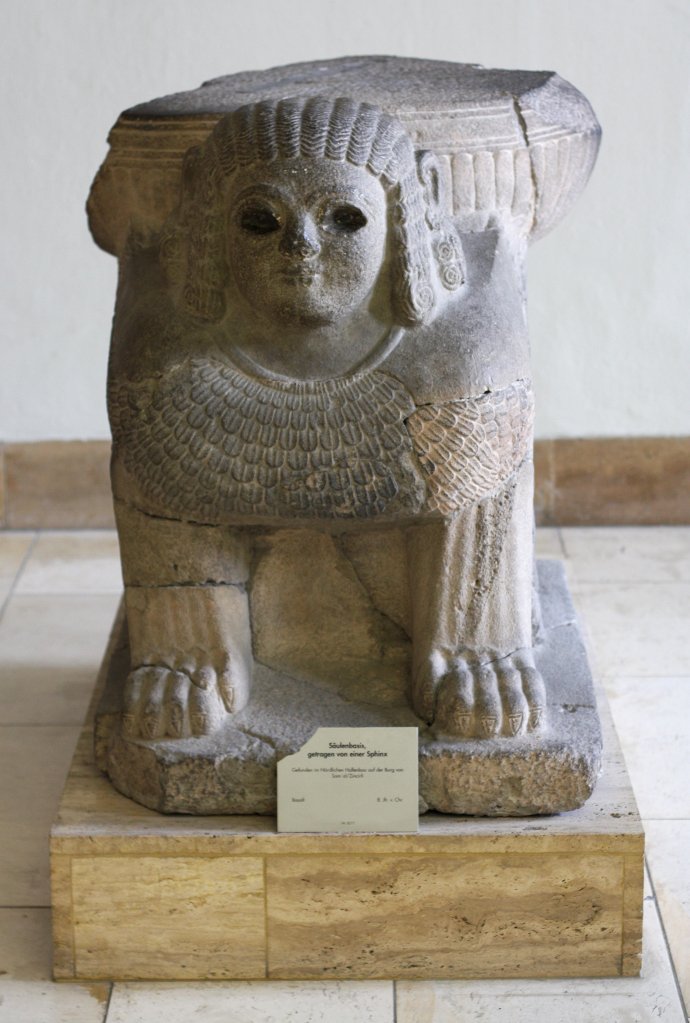
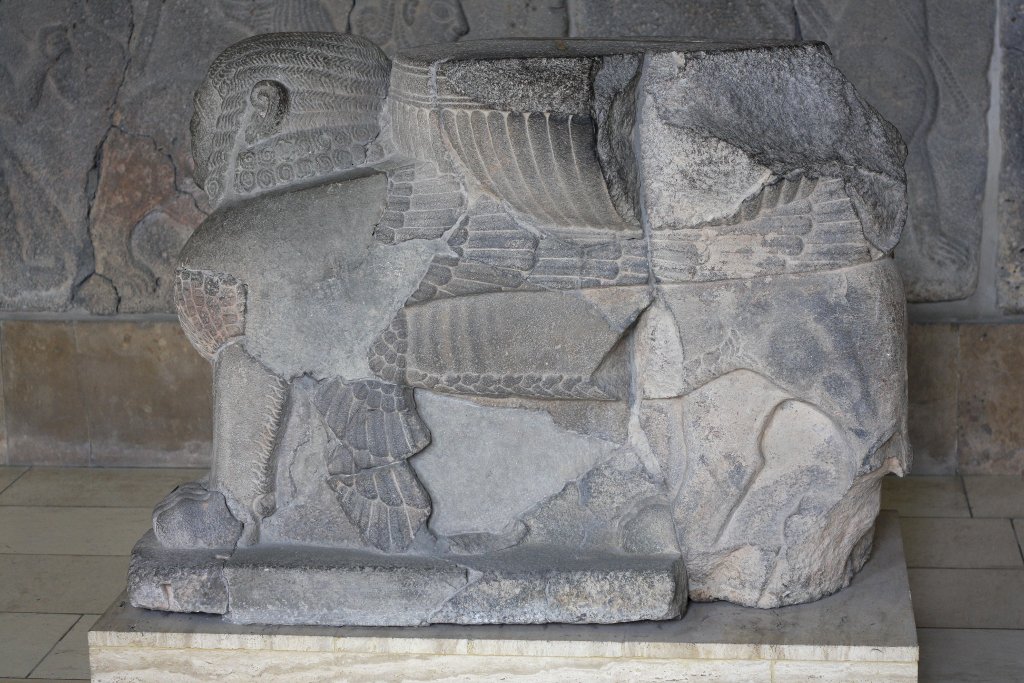
Could Sumerian culture have inspired the style of Buddhist monk robes via Alexander the Great and his conquests? The mixning of styles is a fact as far as history goes, regarding Buddhism it’s called Greco-Buddhism. We know that Buddhism began to depict the form of the Buddha somewhere 200 years after his death in Afghanistan where they encountered the Greeks from where Alexander the Great had reached. But before that, and even before the Buddha the robe style must have existed, but where did it come from and how far did it reach? Eastern and western philosophy and spirituality were very similar with ideas of the same sort coming about.
Below is a statue of a God. What God and so on it doesn’t say and we cannot know. But look at it. It really looks like a Buddhist style statue and this one is supposed to be from c. 2000 B.C. Just as Jesus become more white and more European during history so did Buddha become more Asian. So none of the personifications can be trusted. Also the style of the religions, anyone of them, has changed and been altered throughout history. But, anyway. I thought this statue was beautiful and that it has the peaceful expression of the typical Buddha statues – just somewhat different. And could the whole story of the Buddha be from an earlier time and an another place?
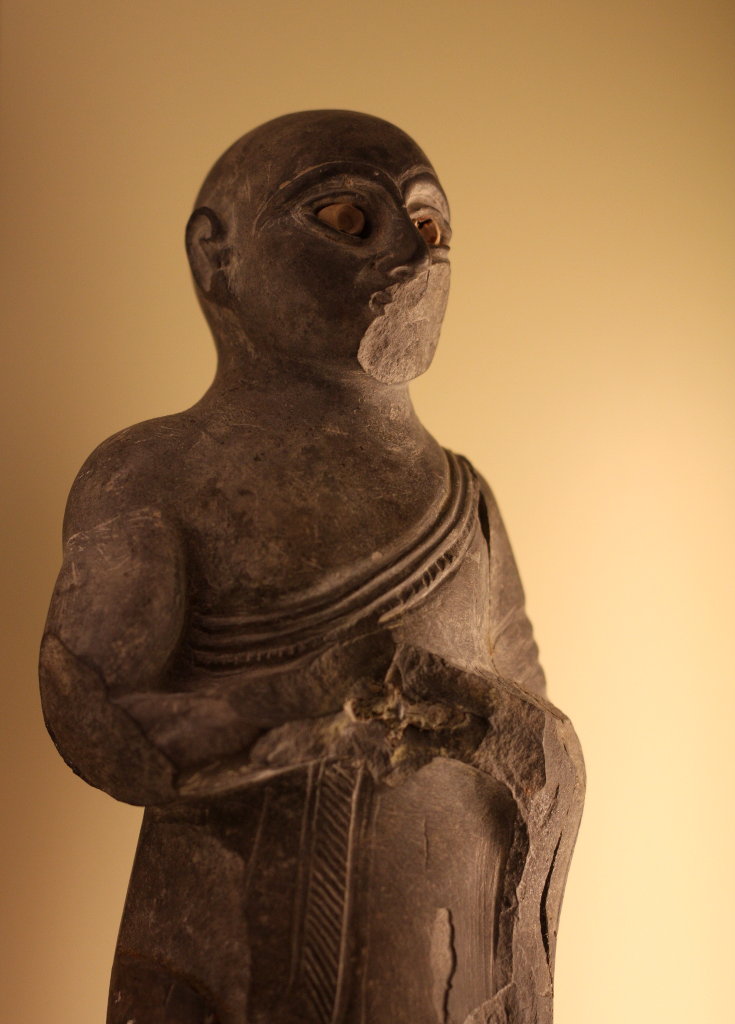
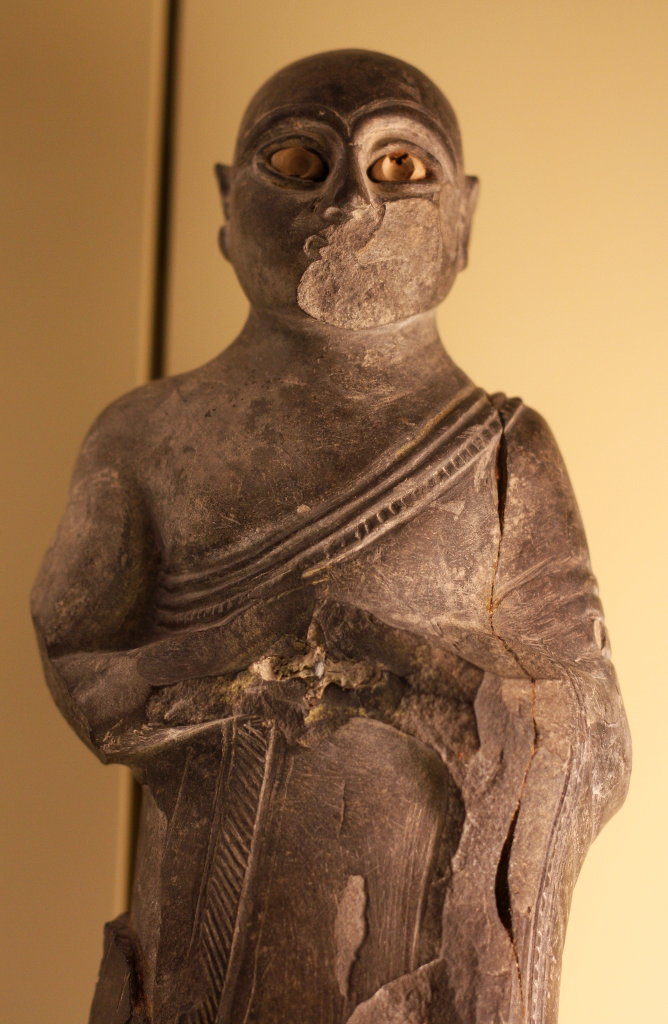
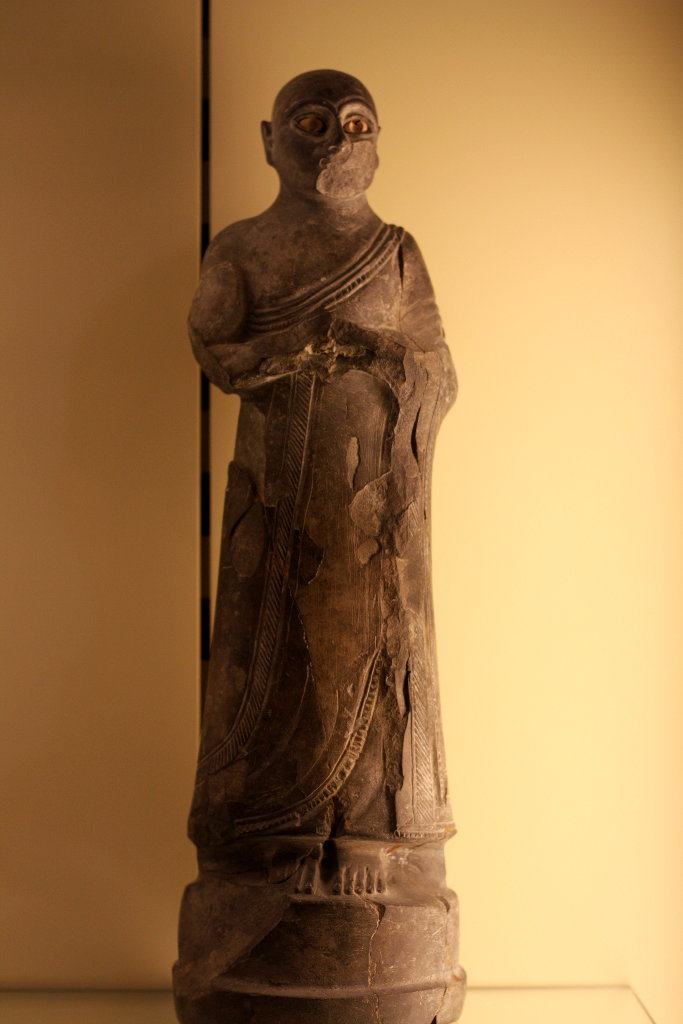
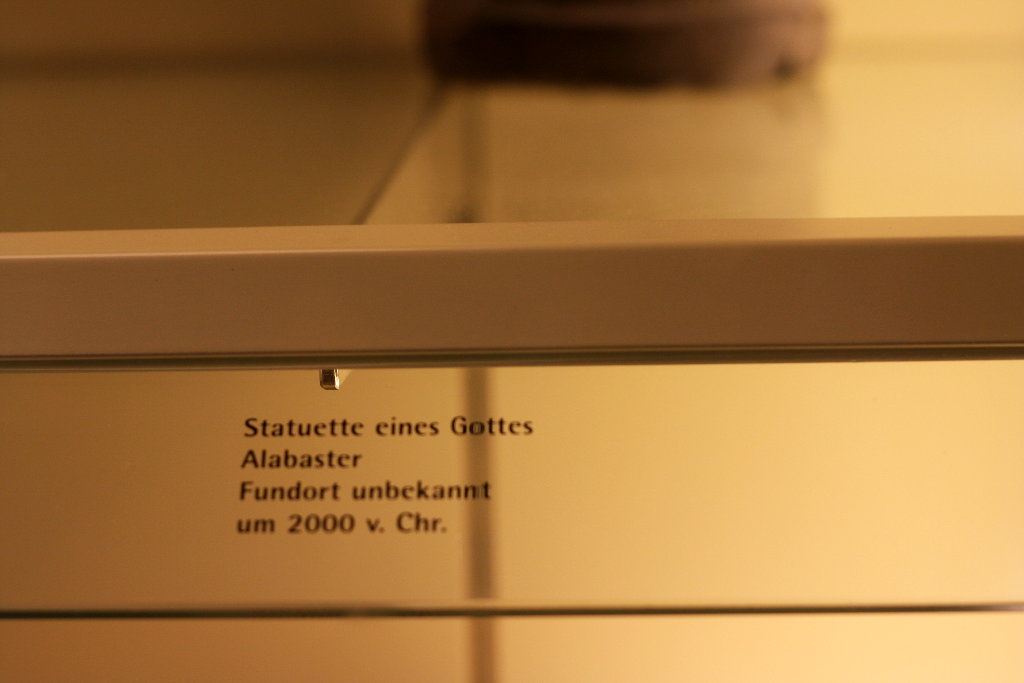
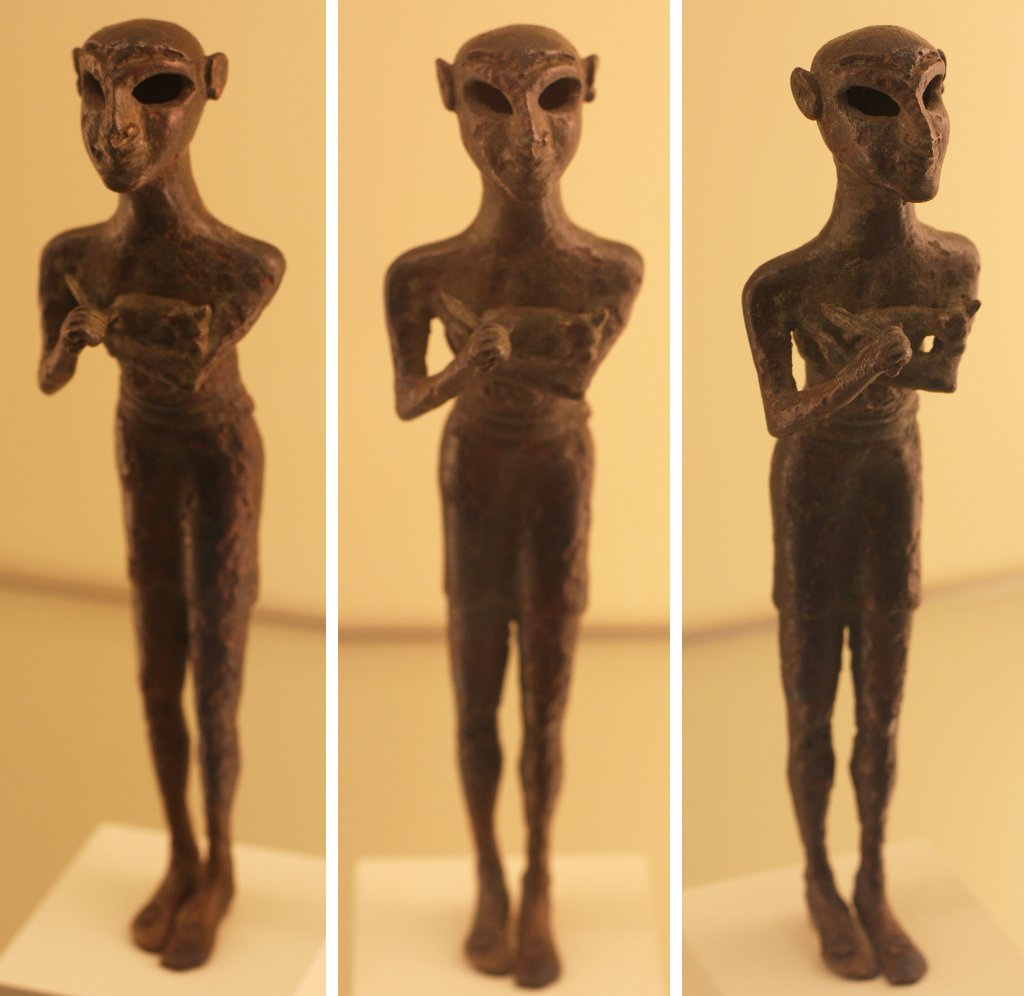
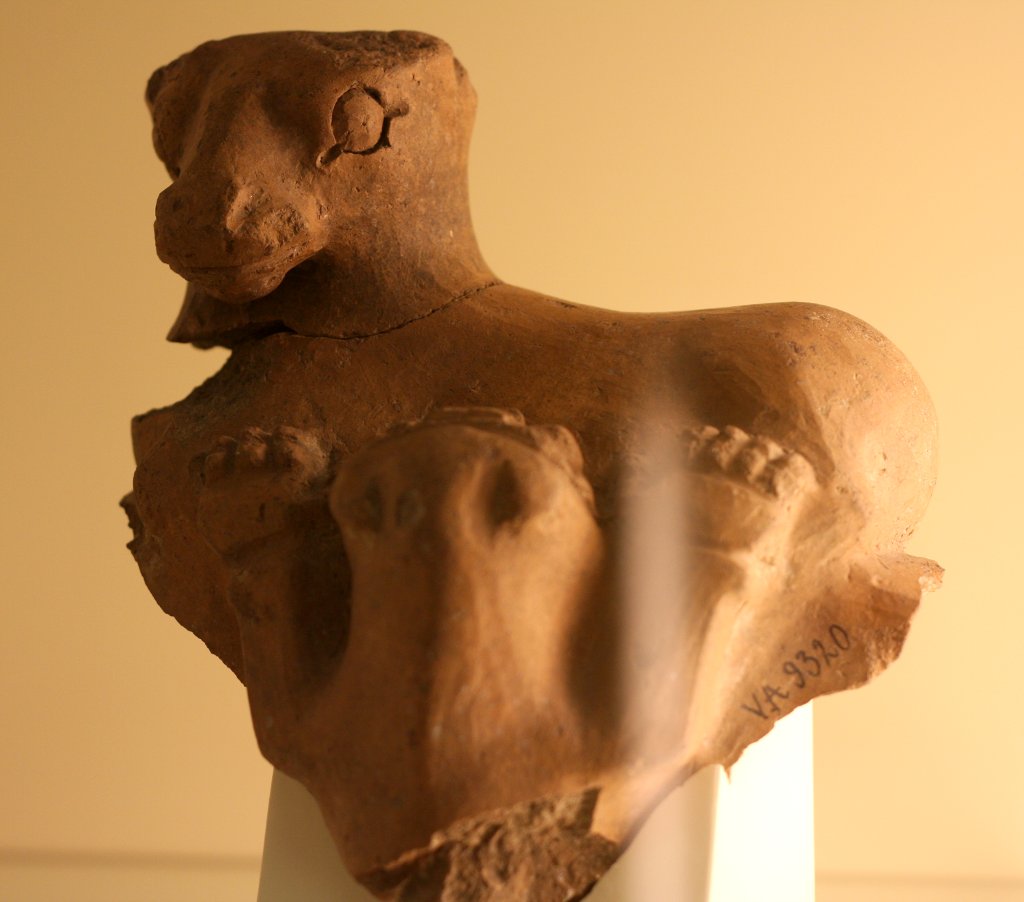
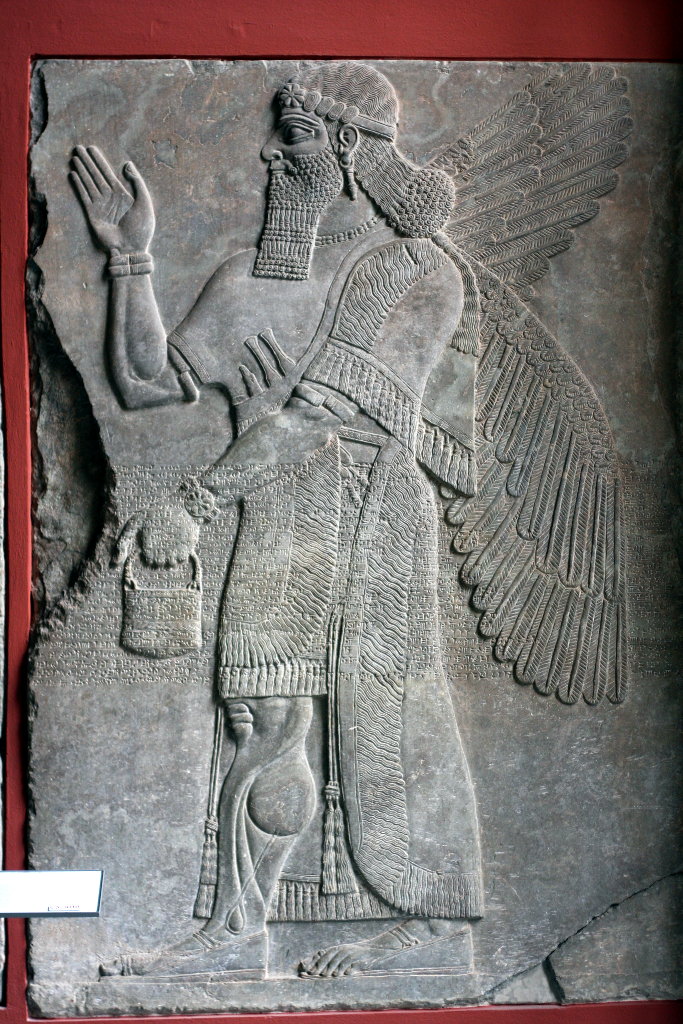
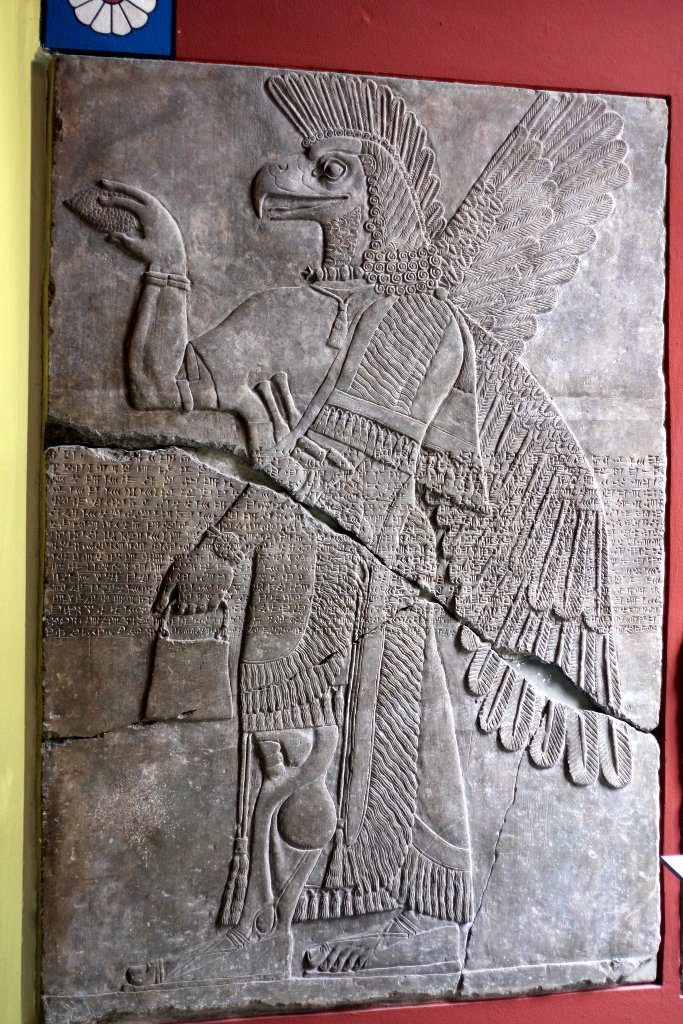
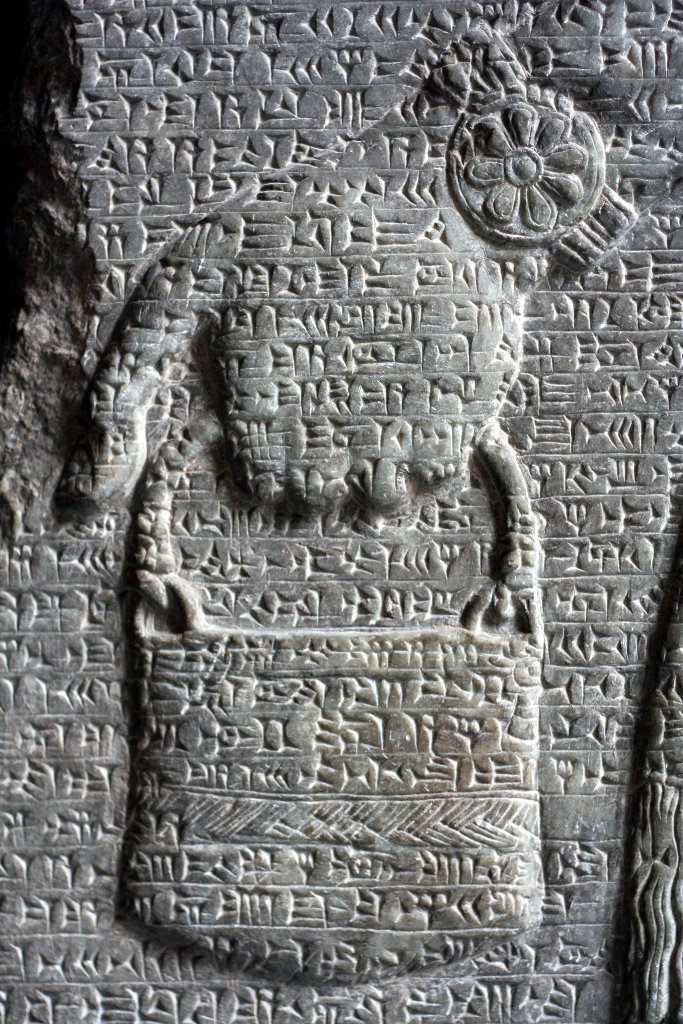
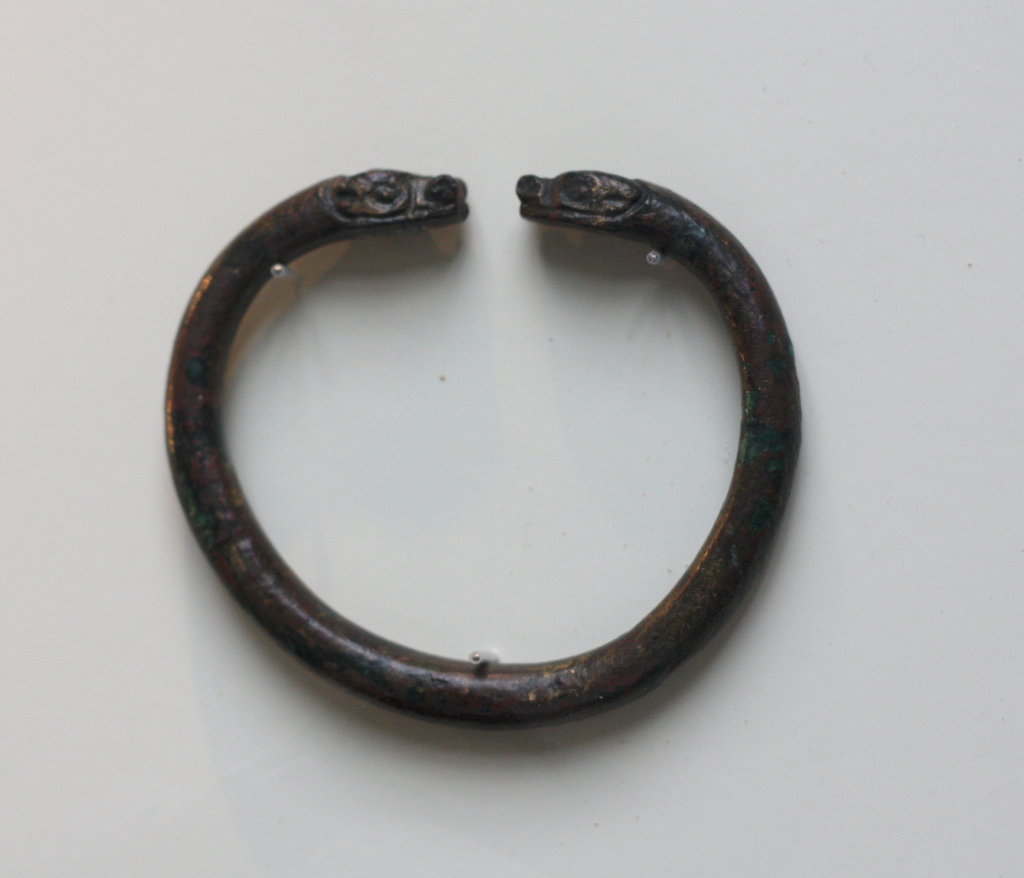
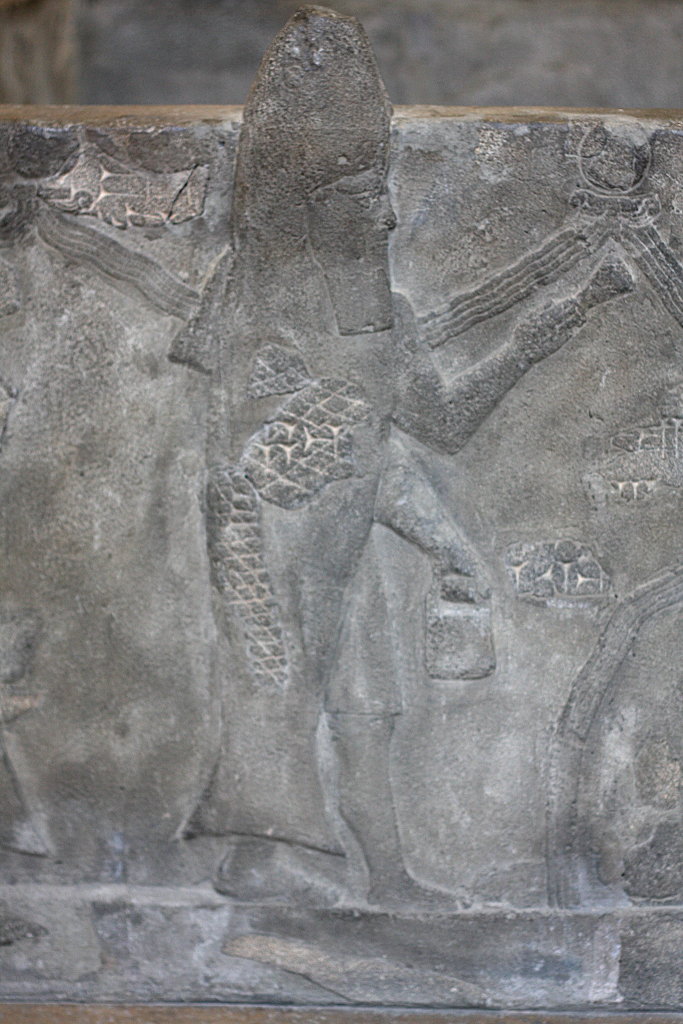
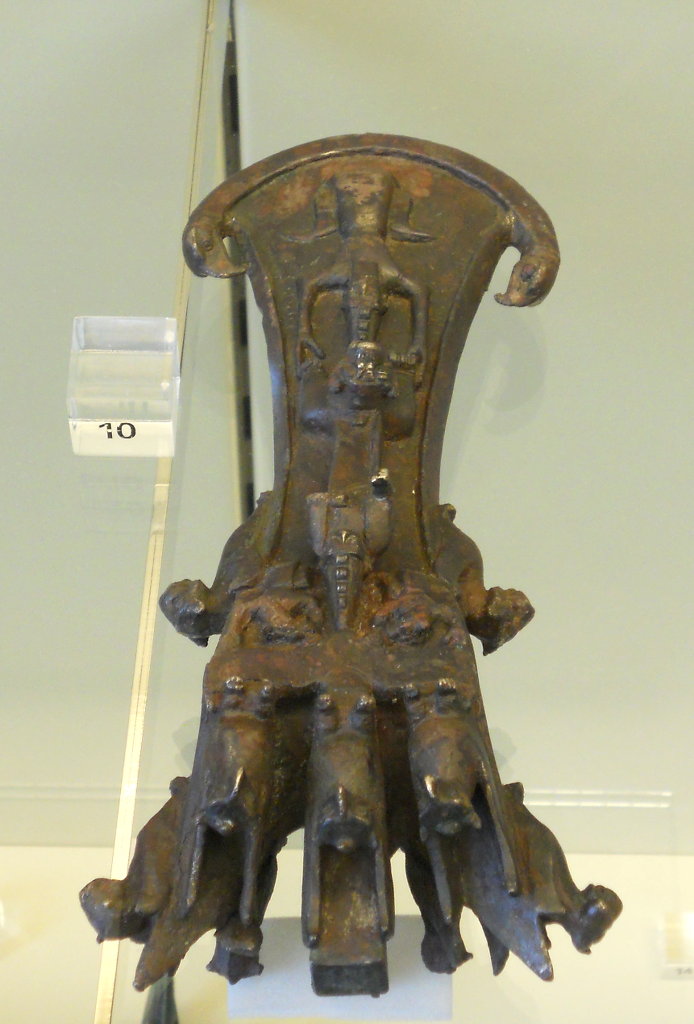
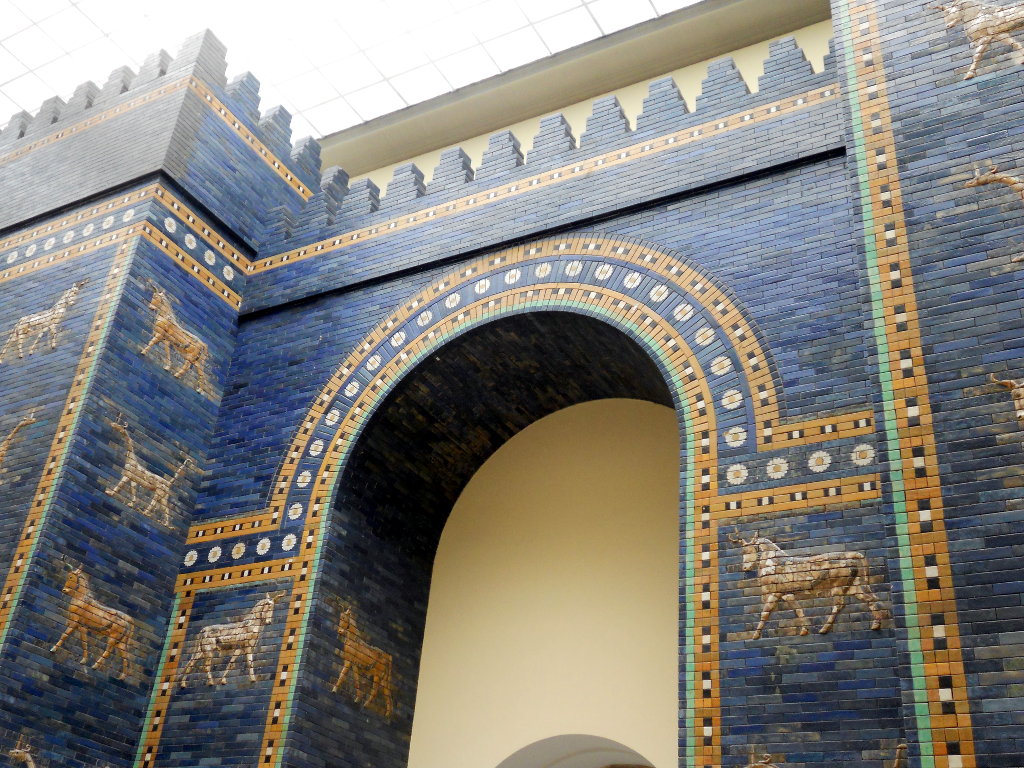
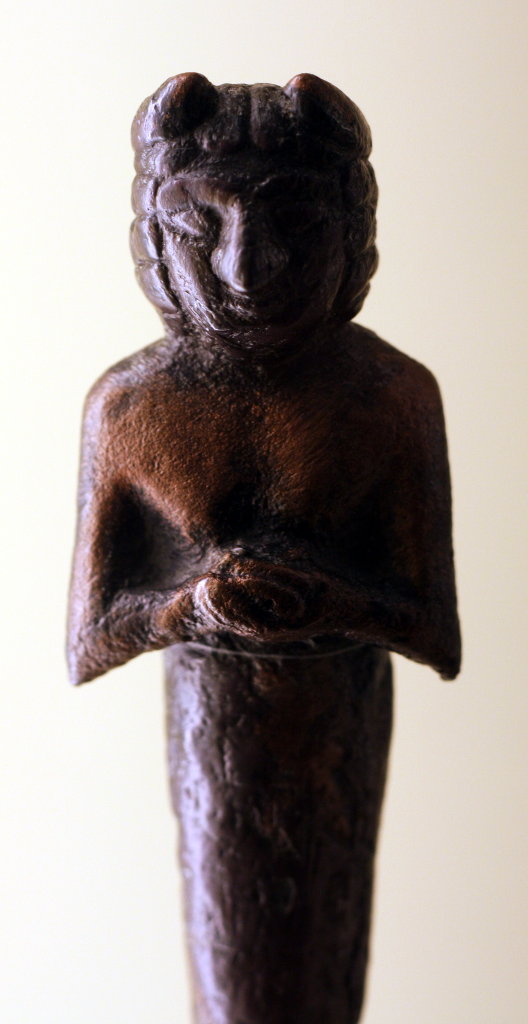
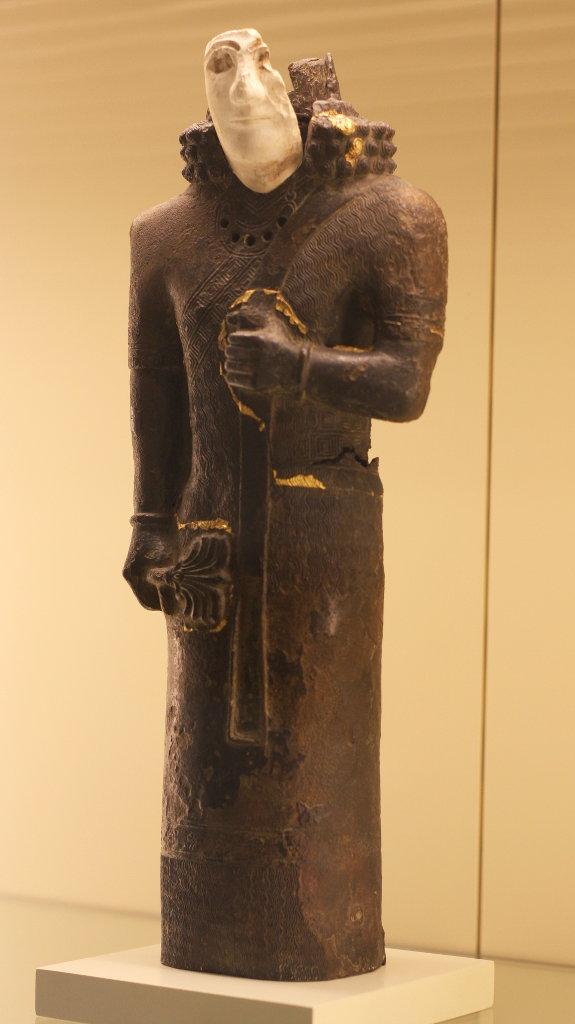
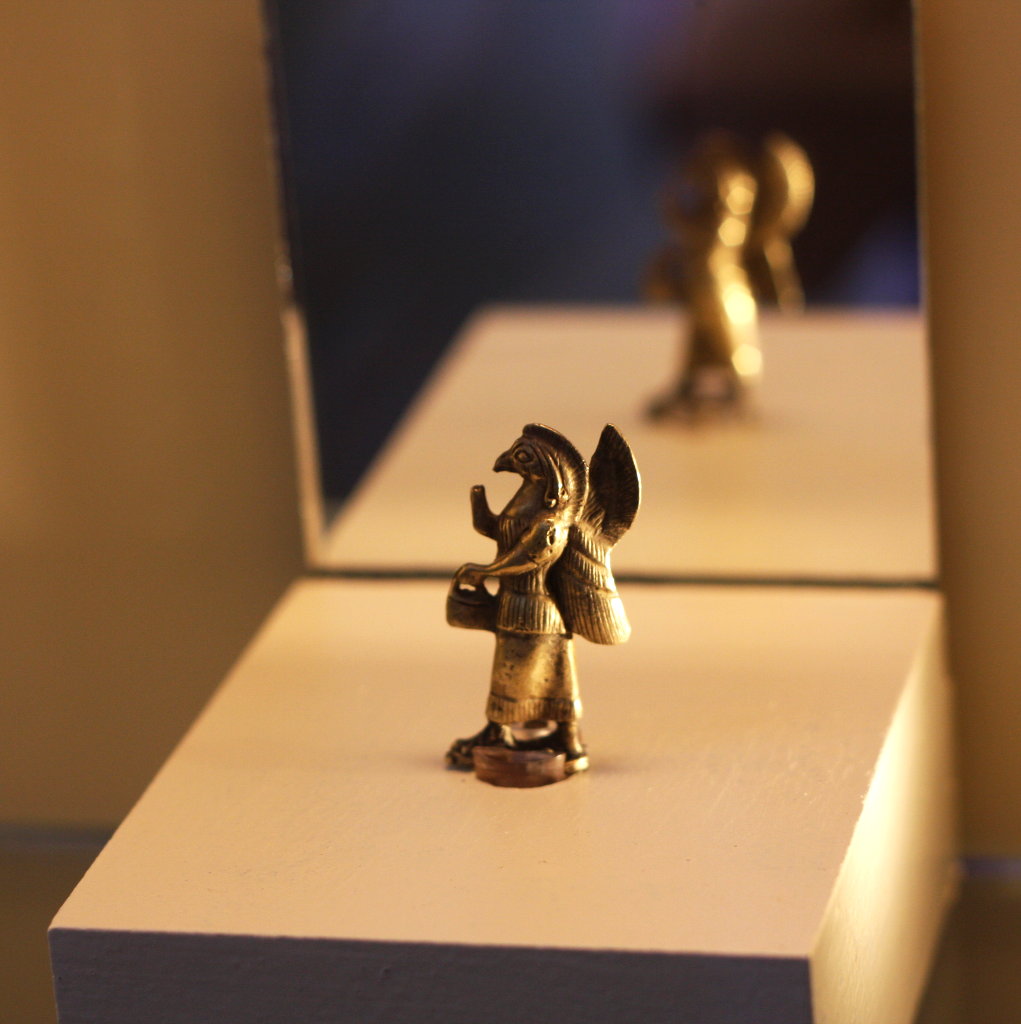
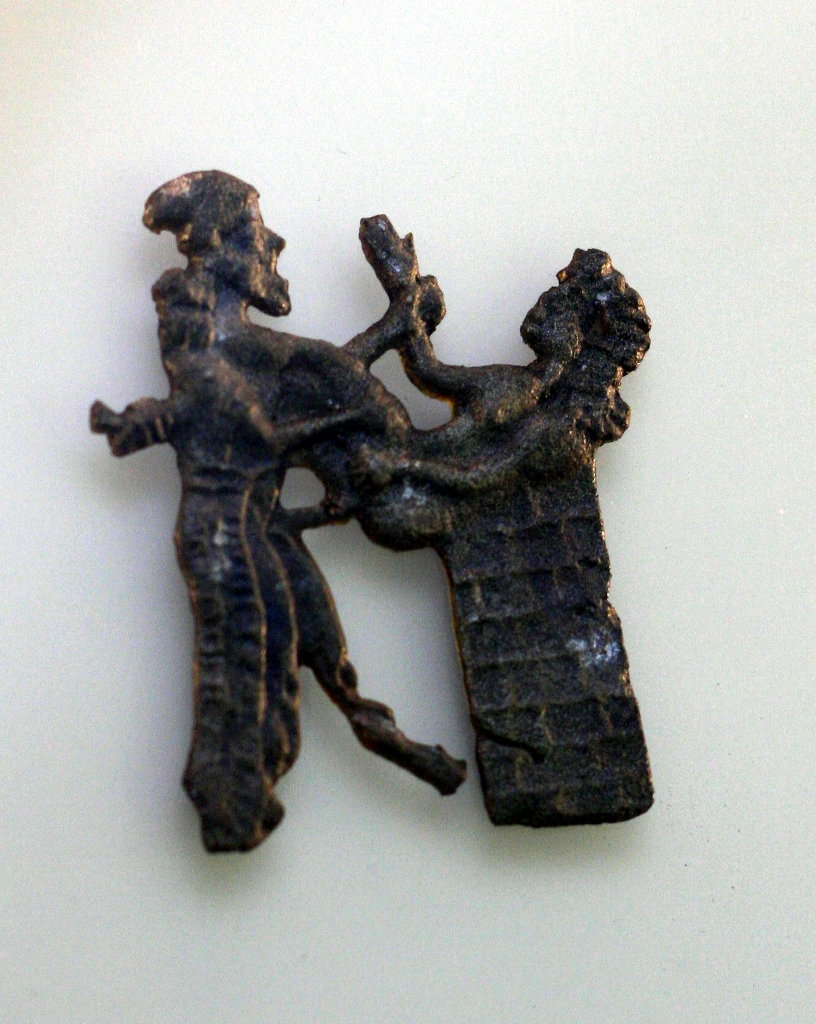
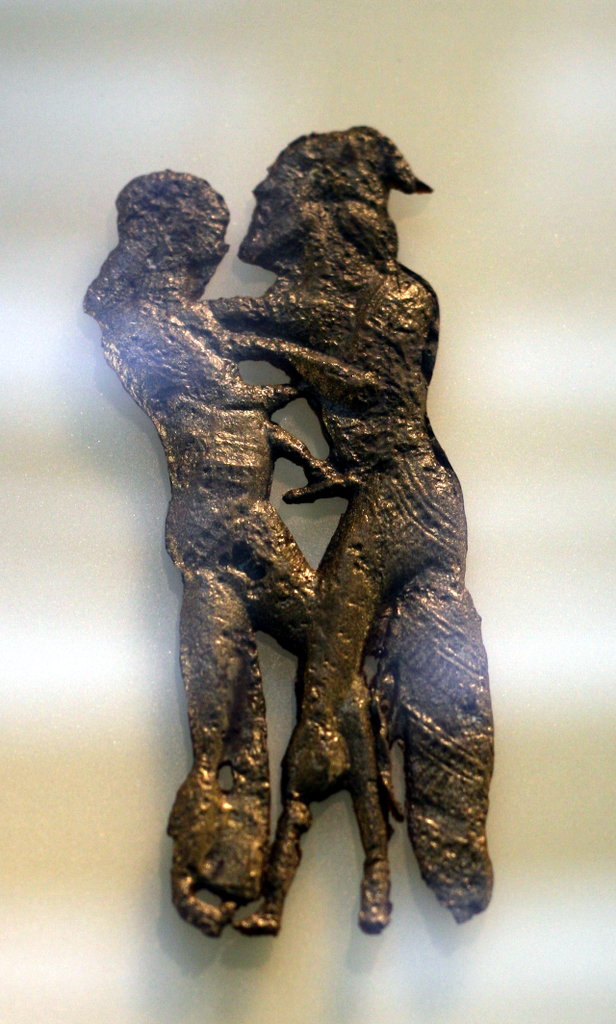
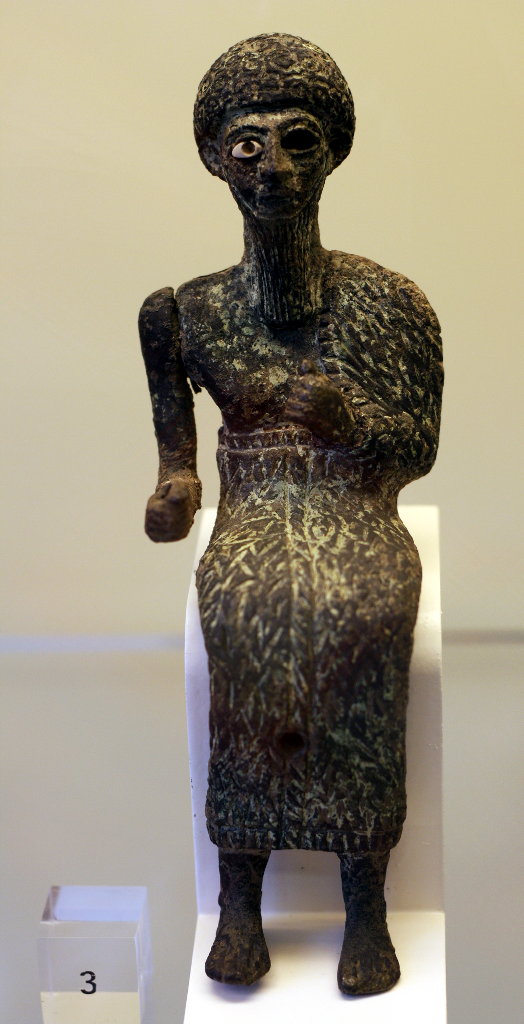
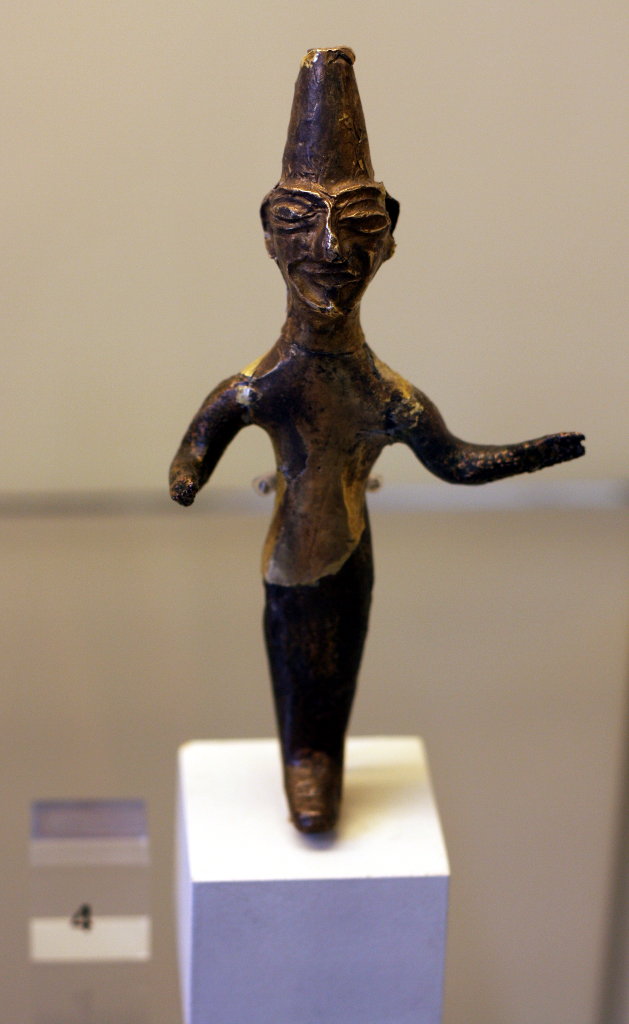
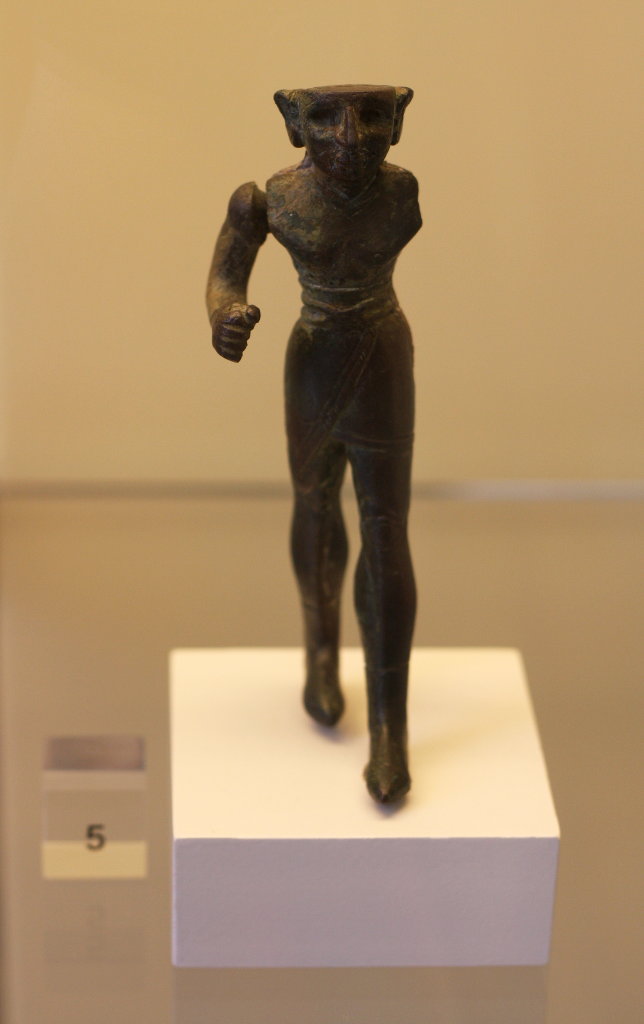
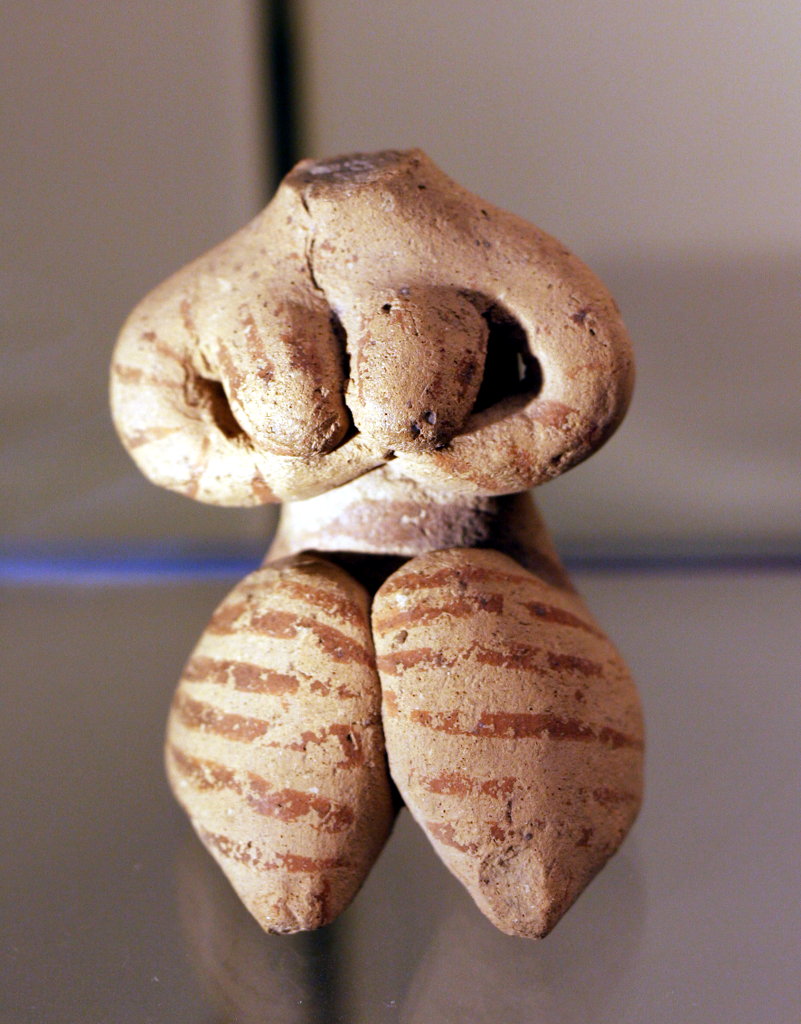
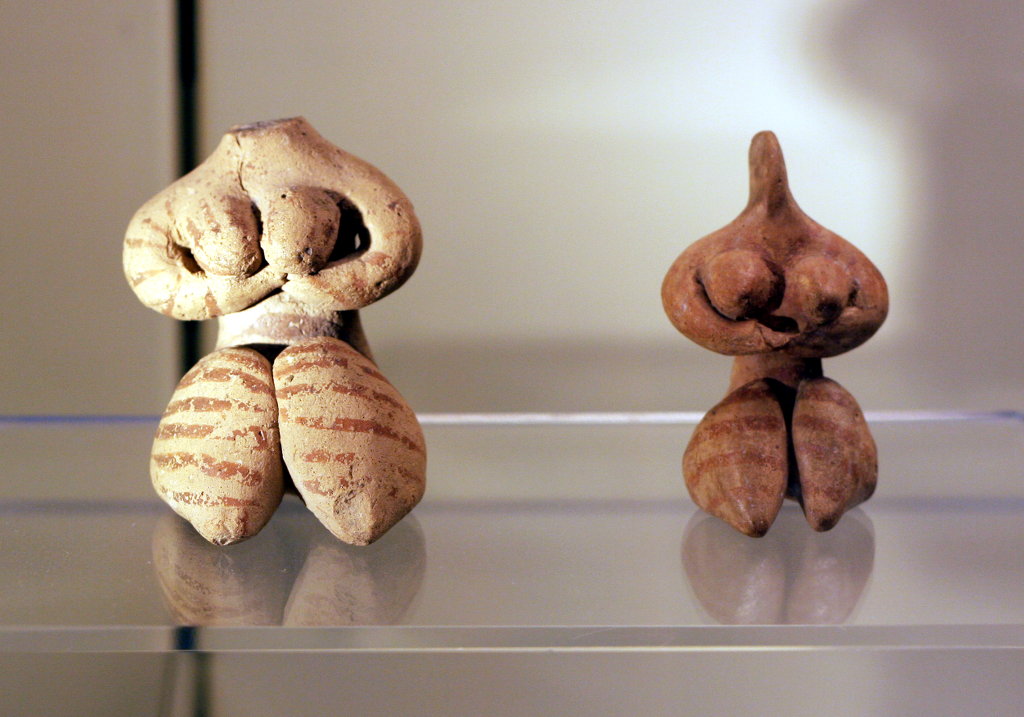
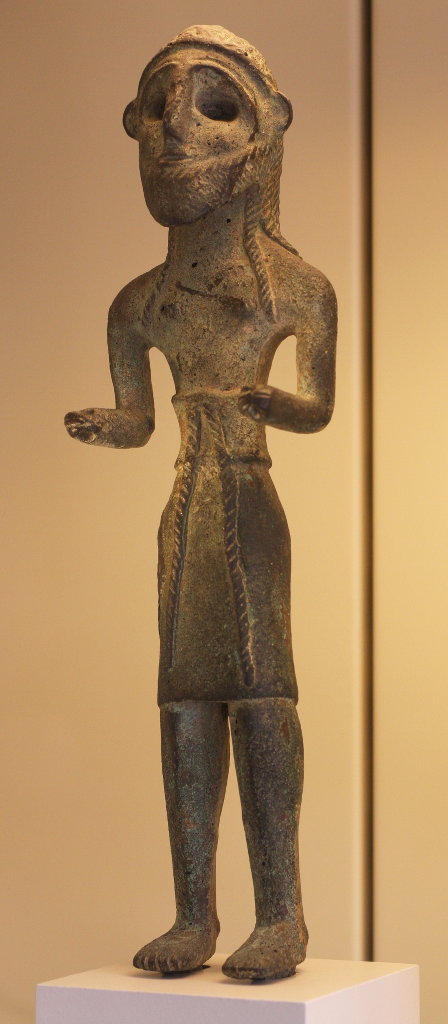

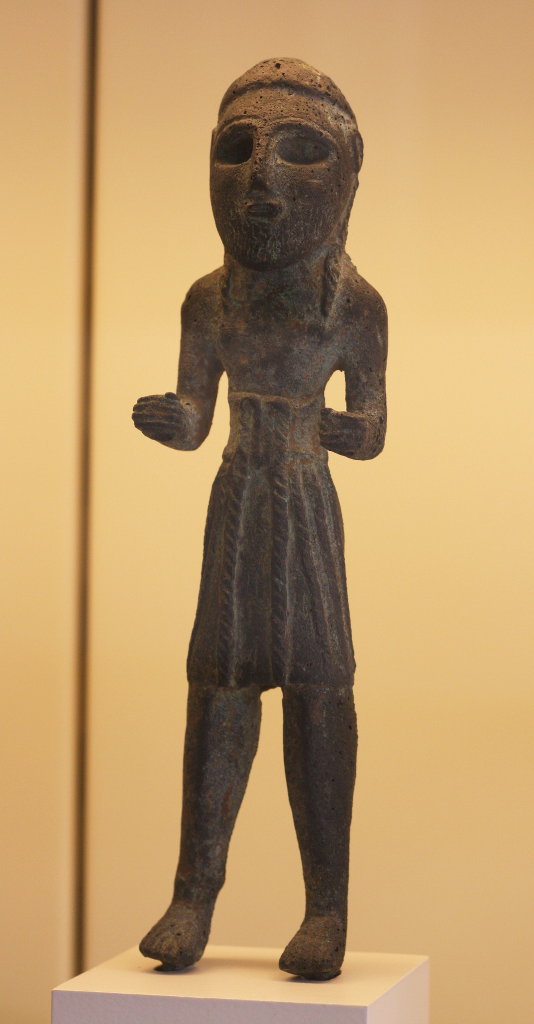
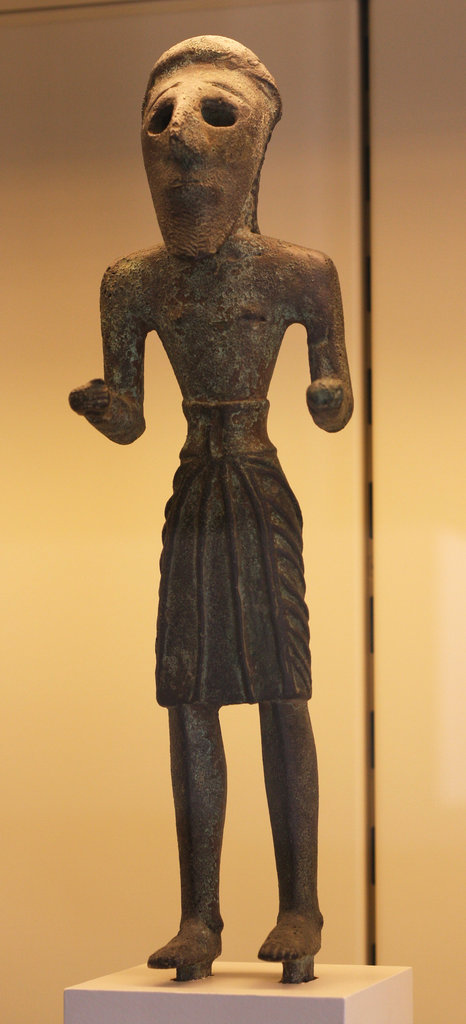
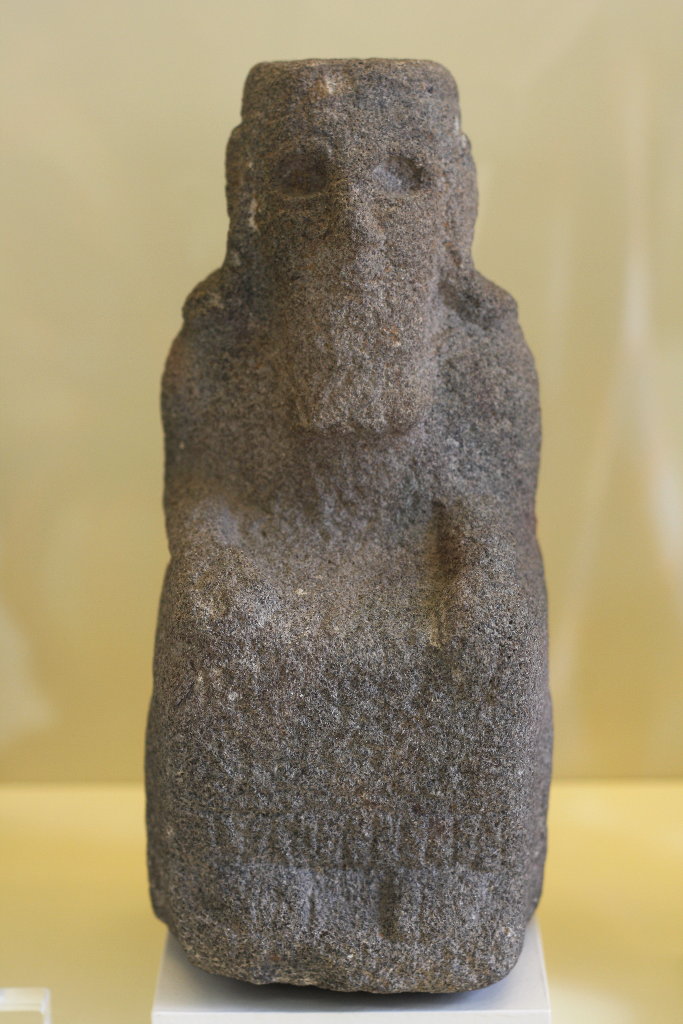
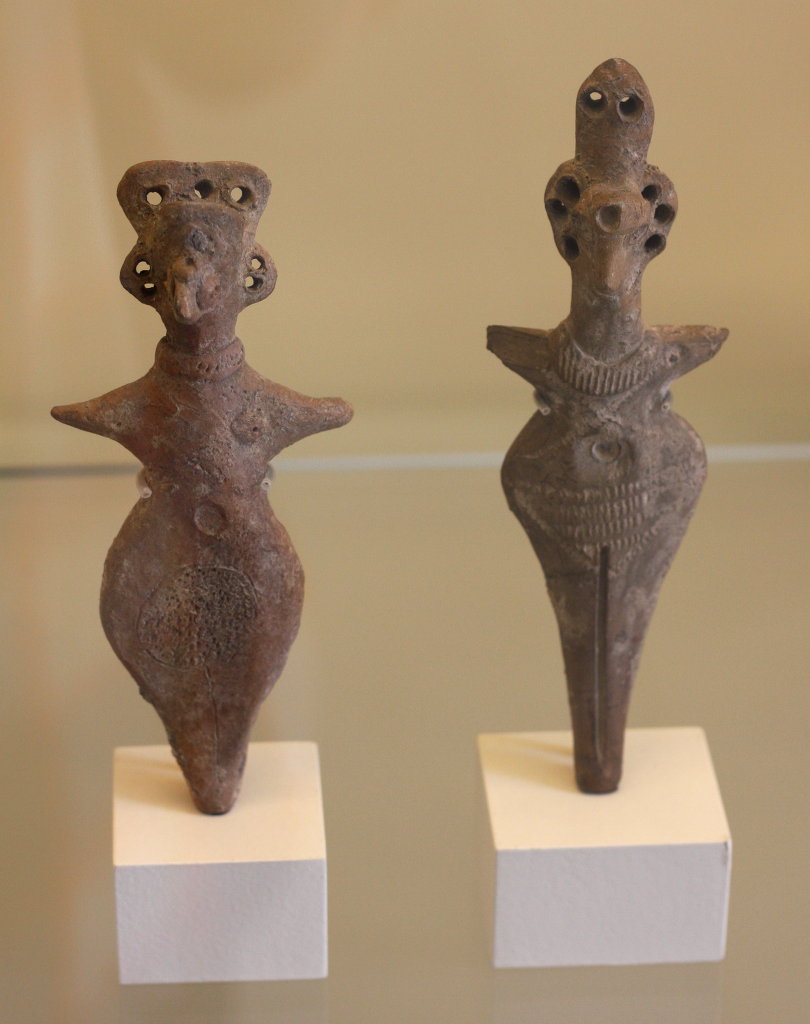
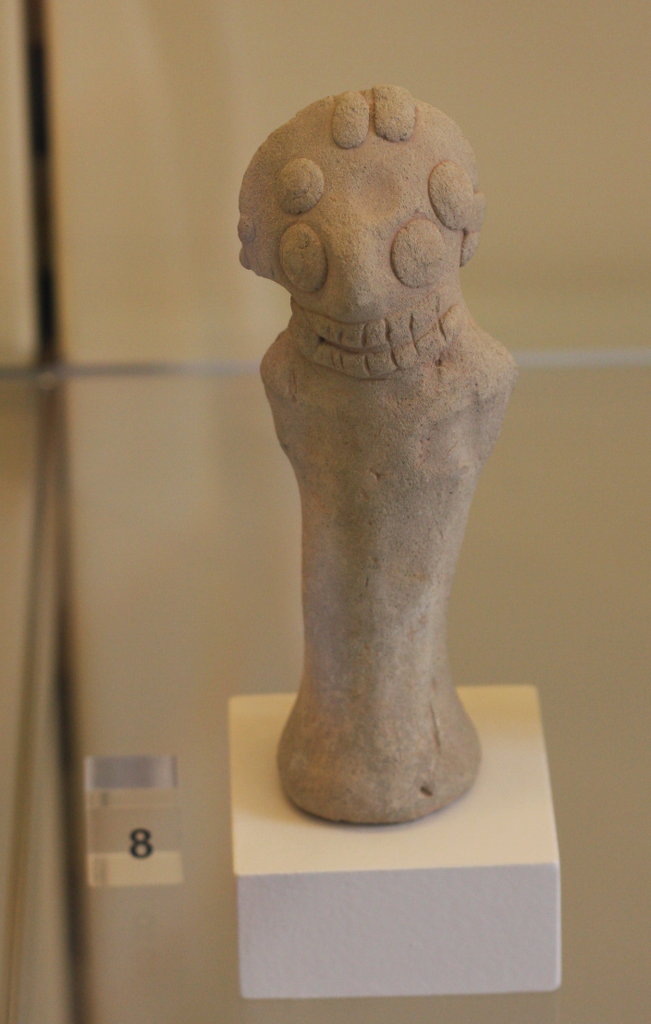
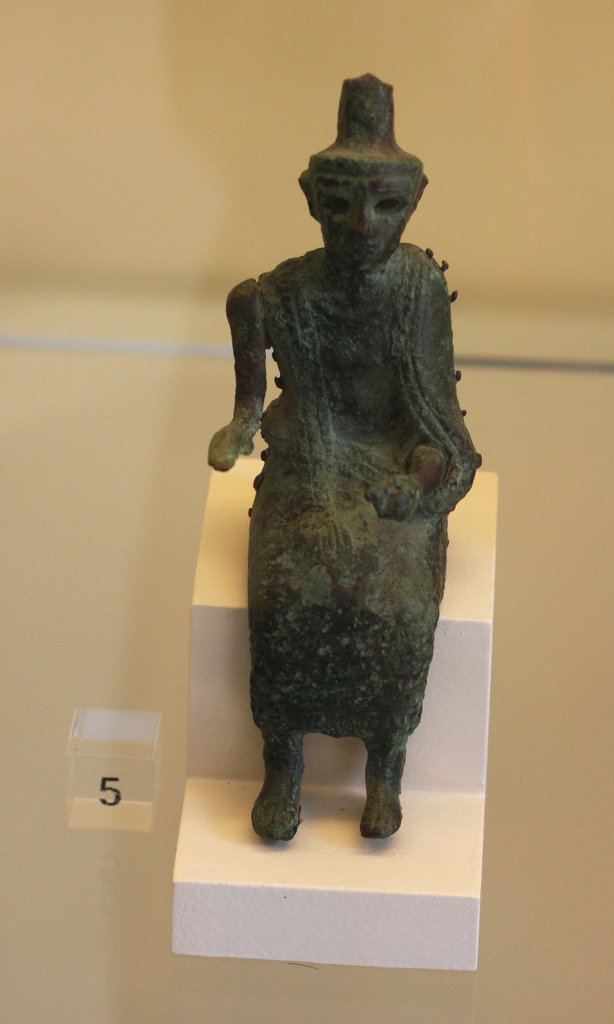
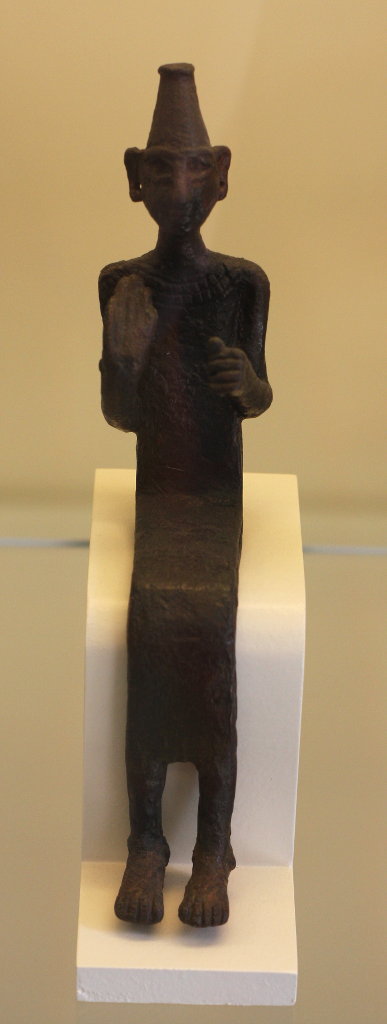
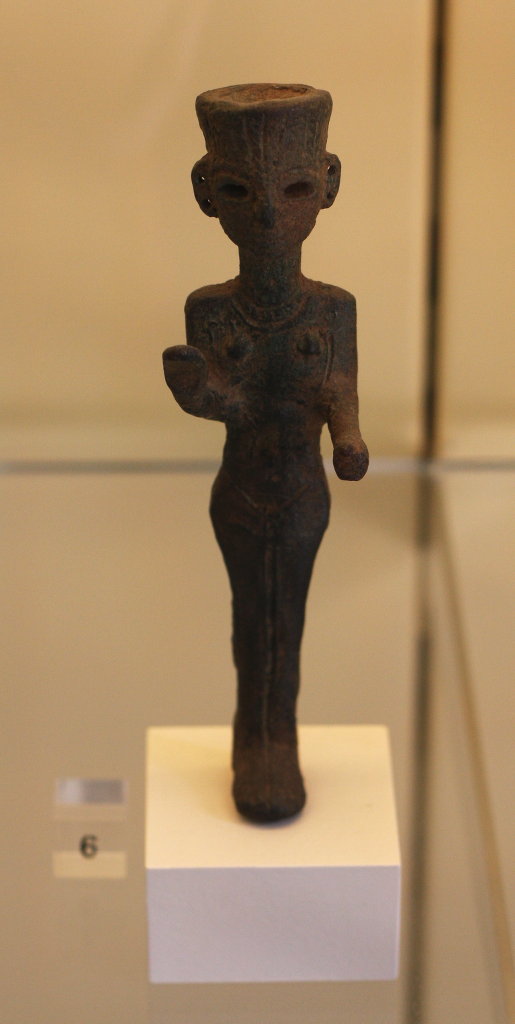
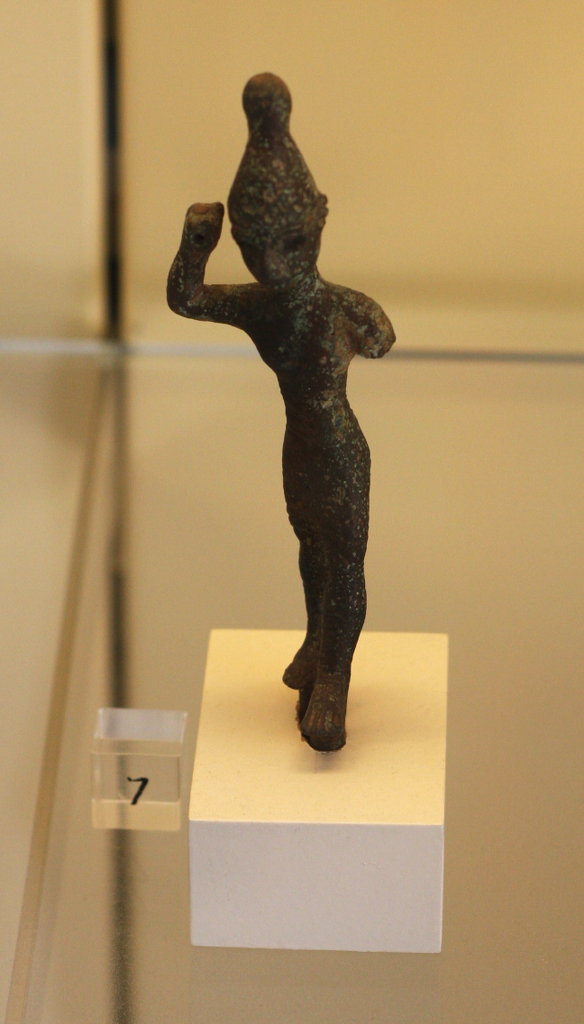
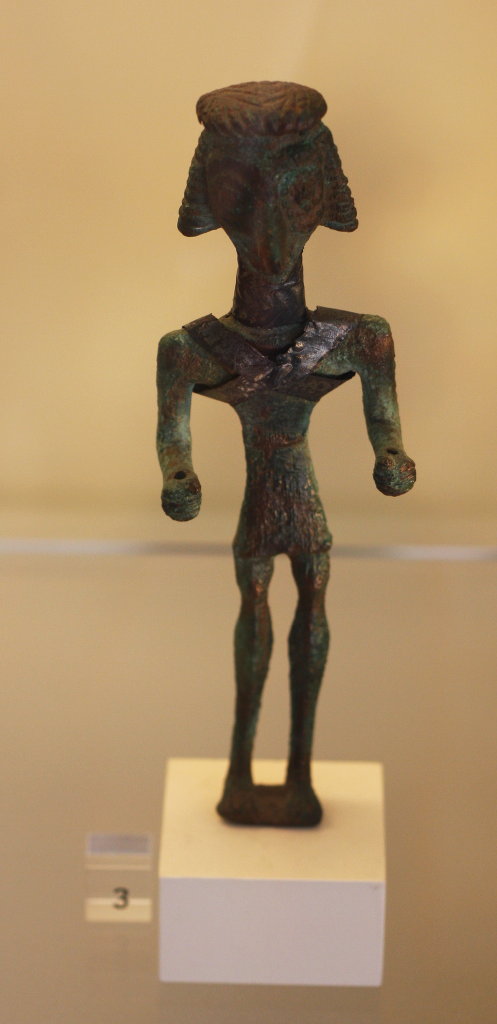
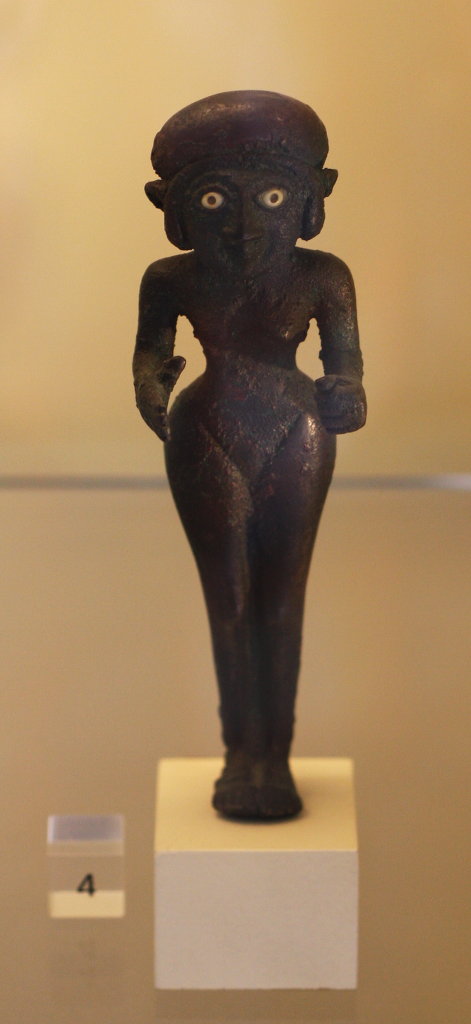
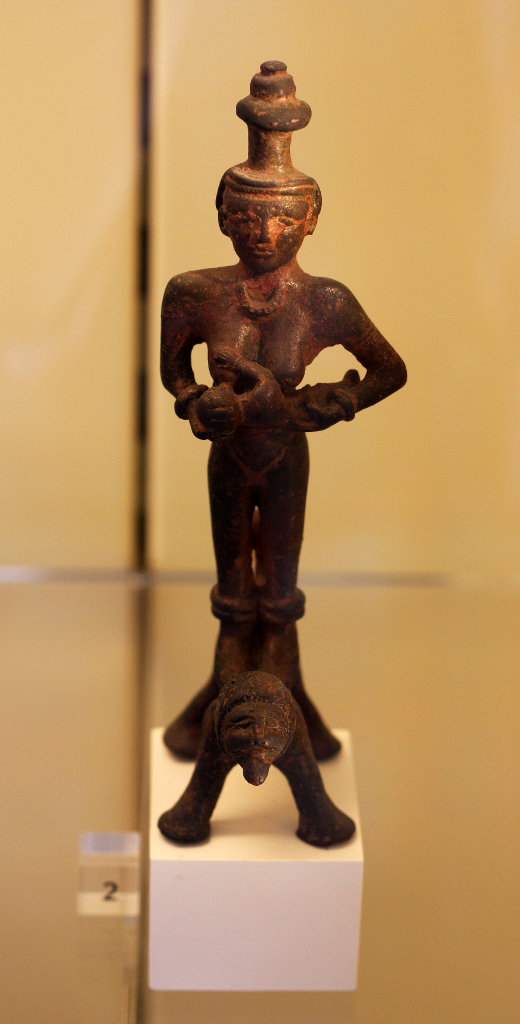
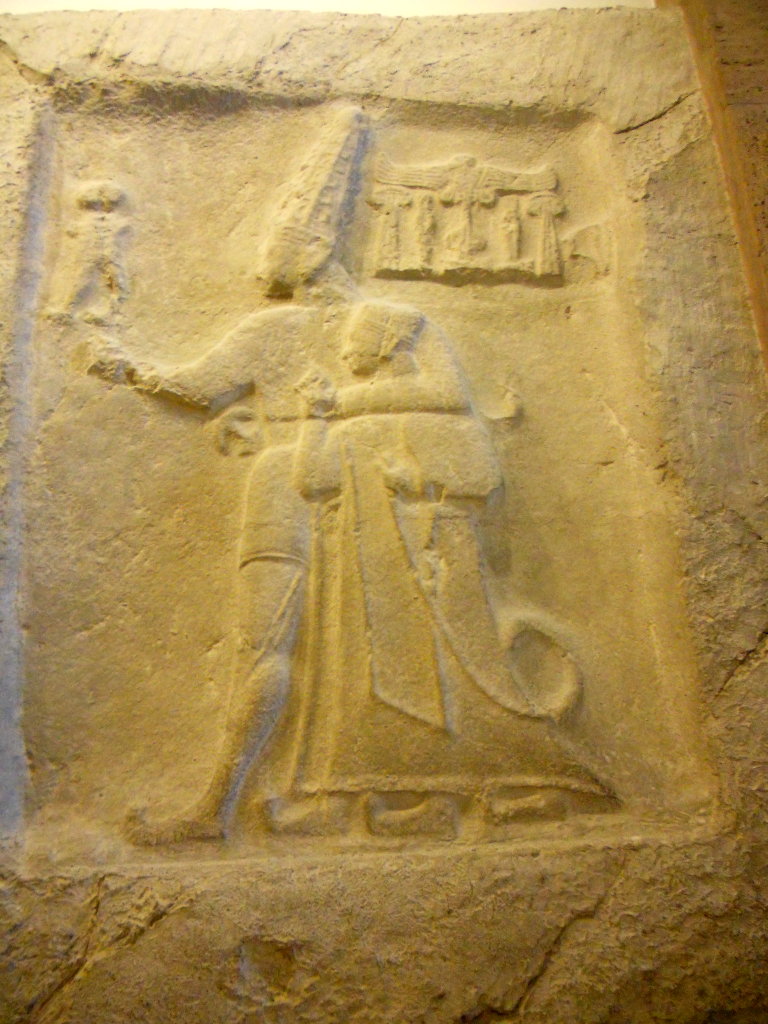
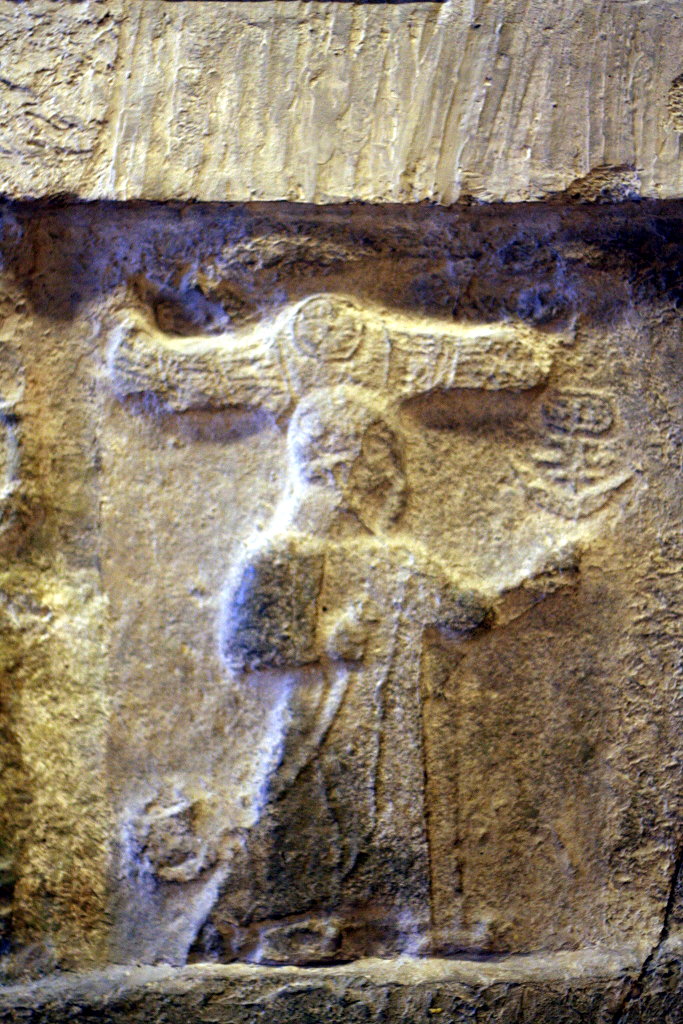

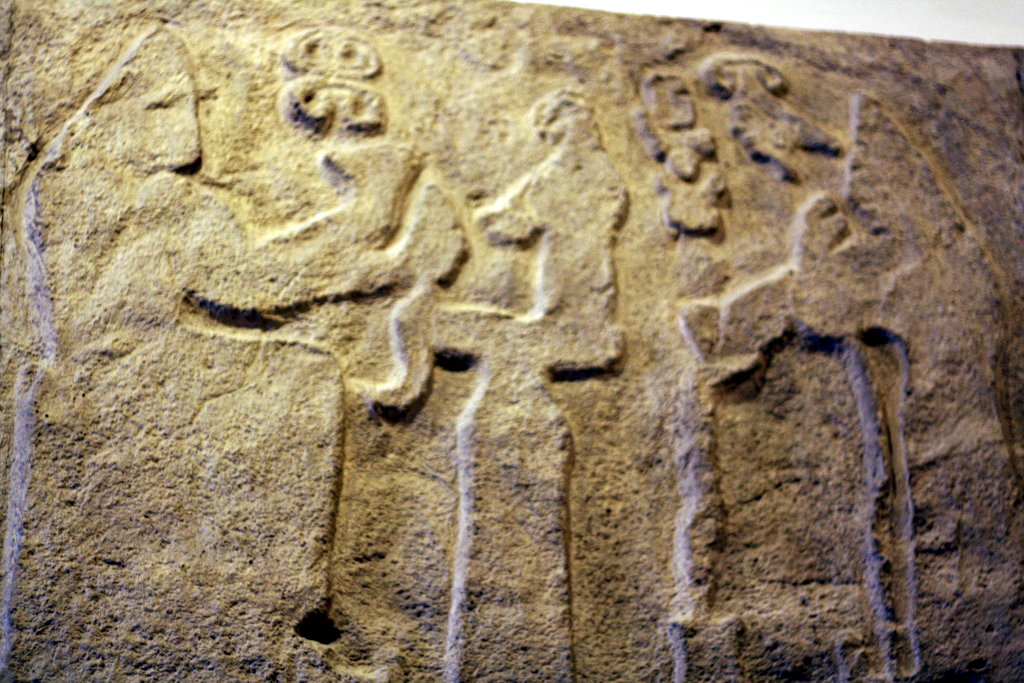
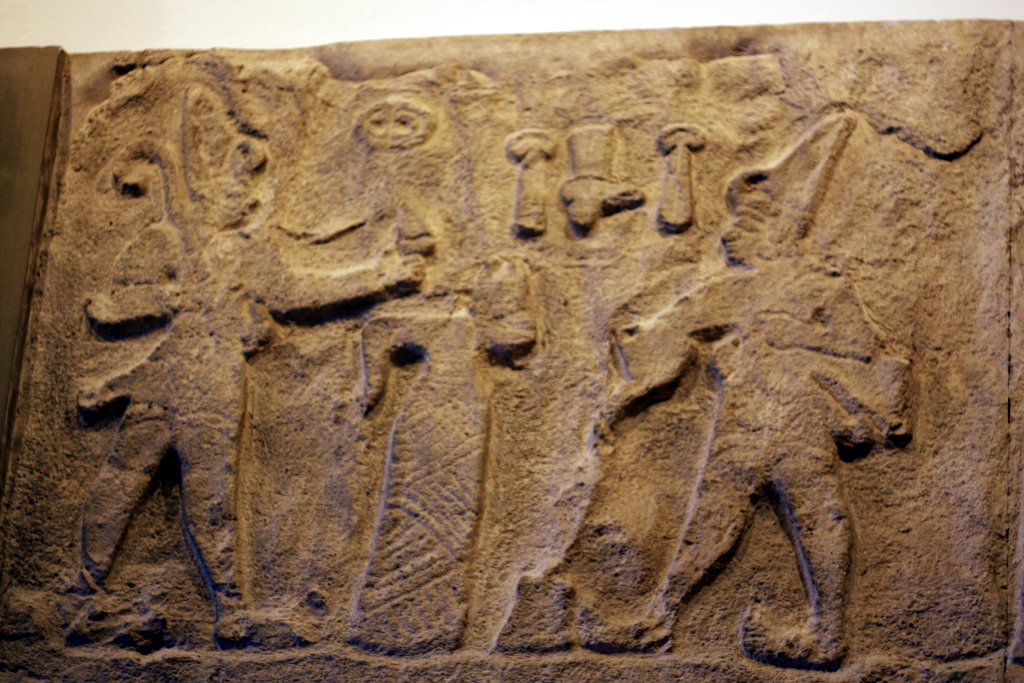
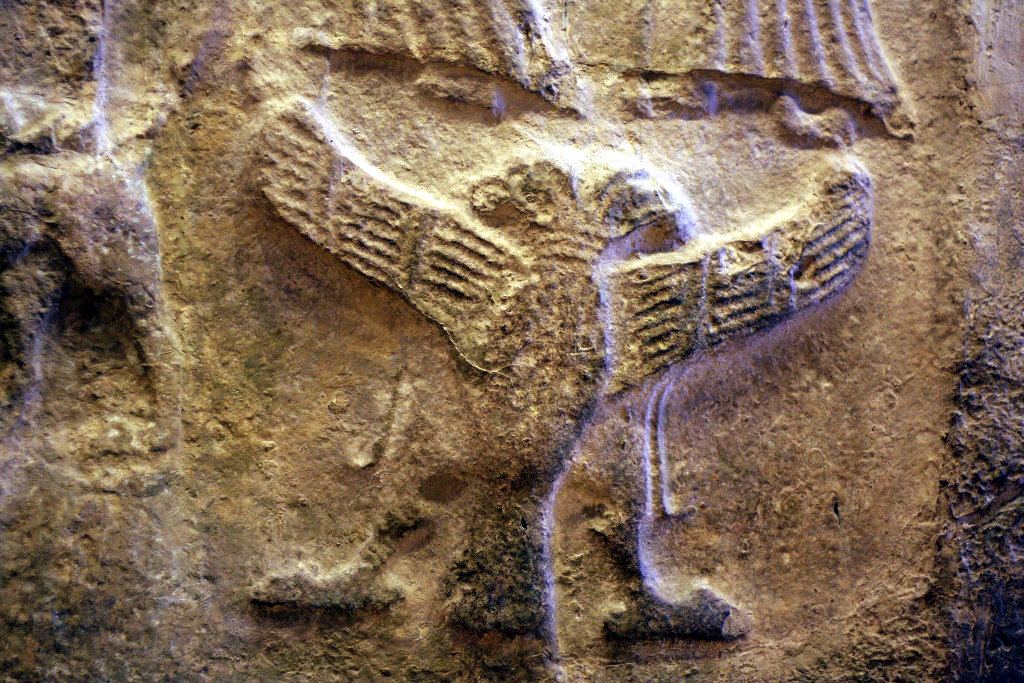
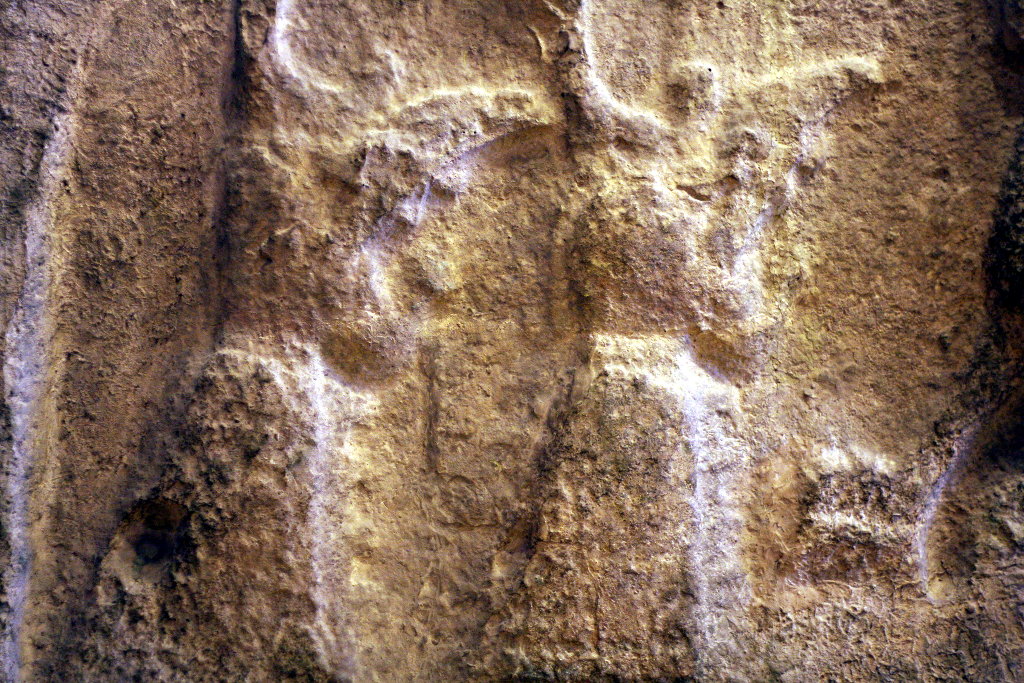
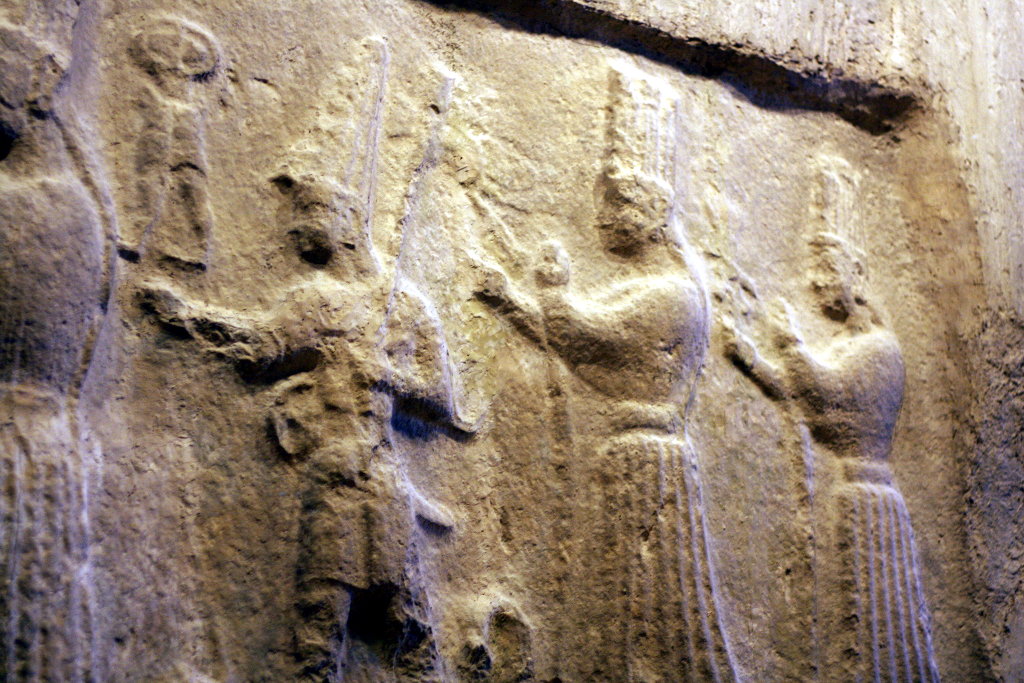
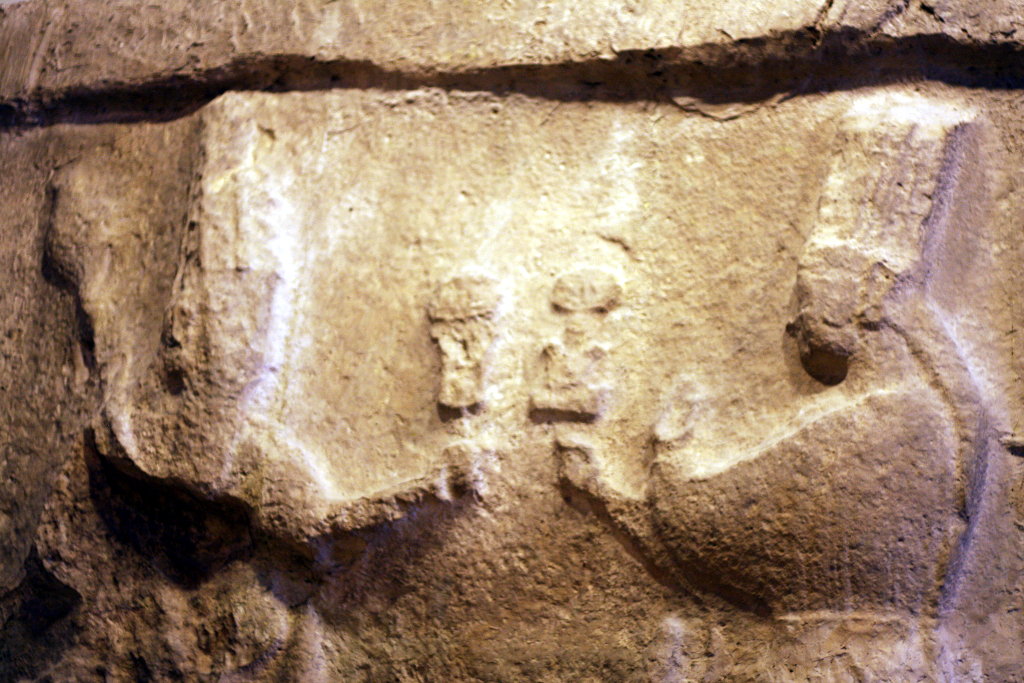
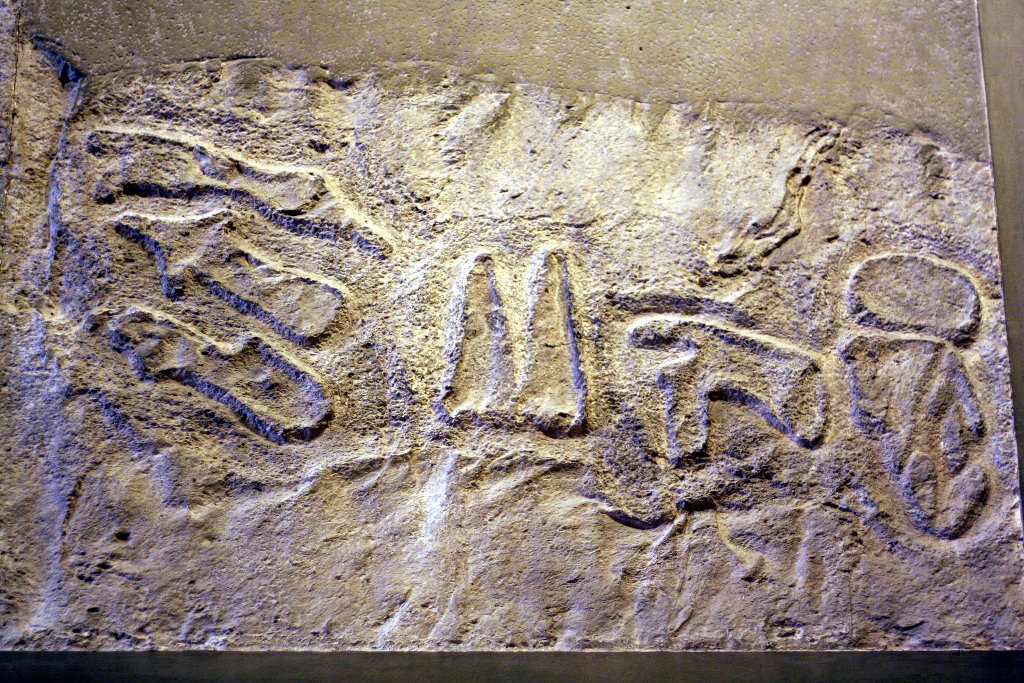
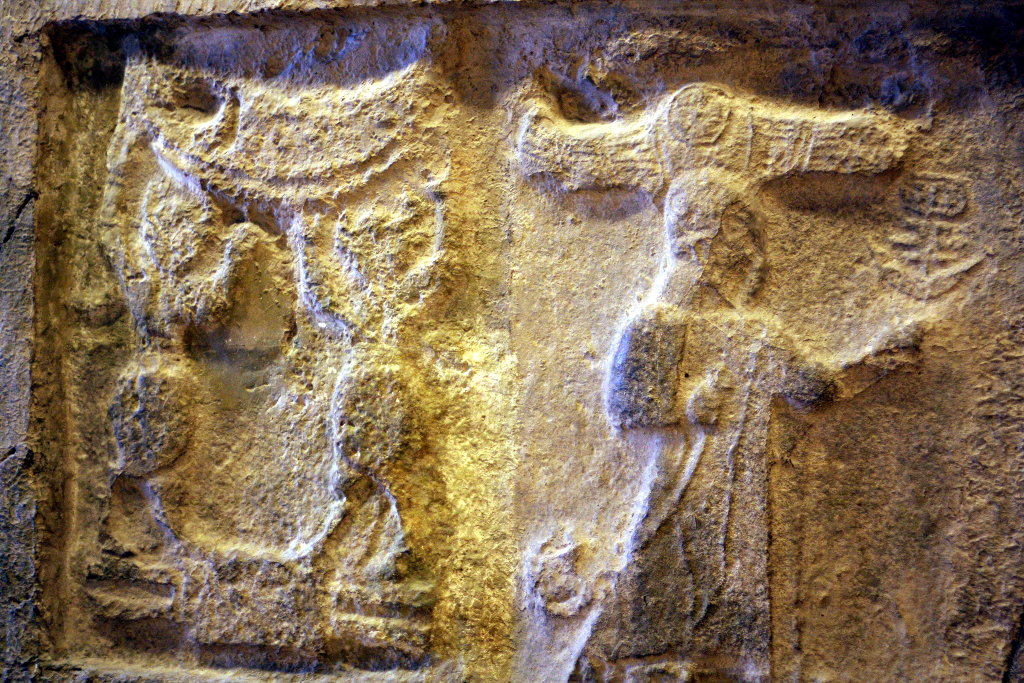
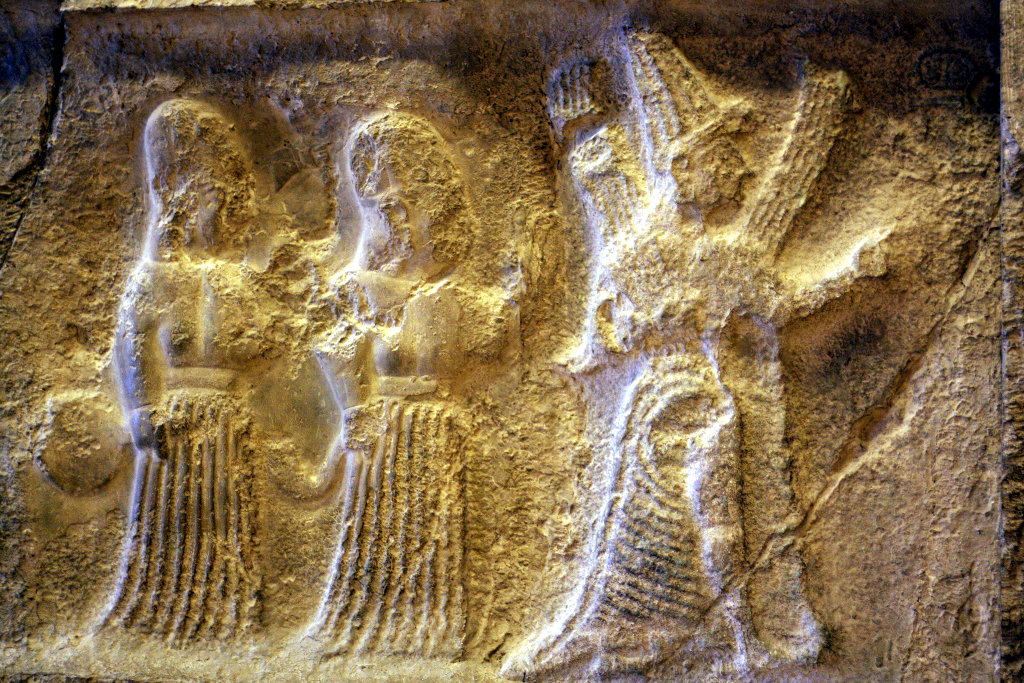

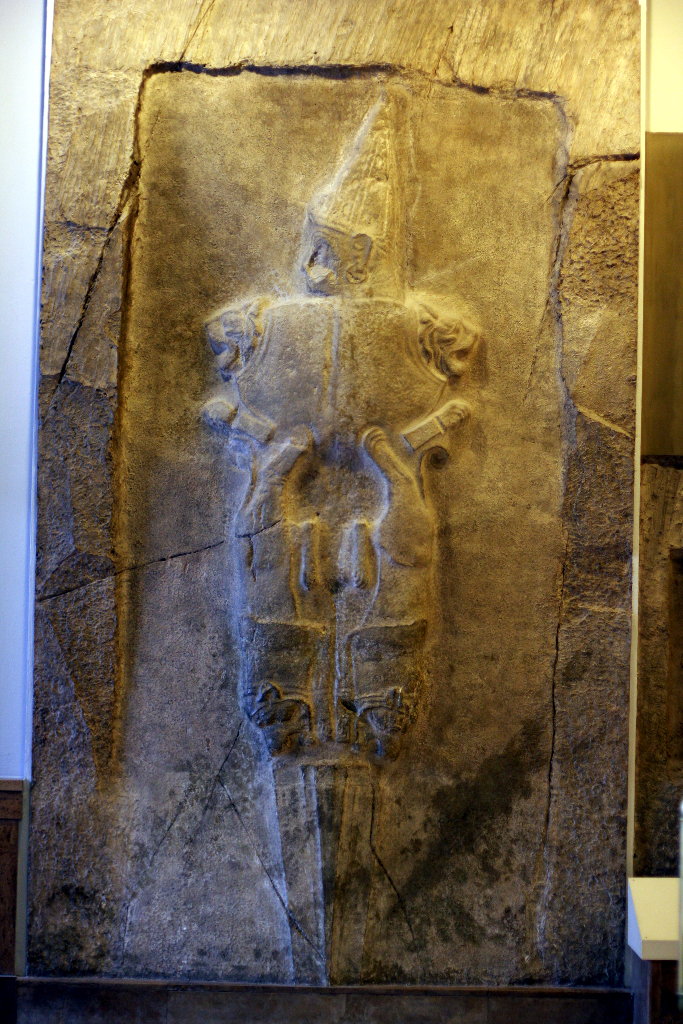


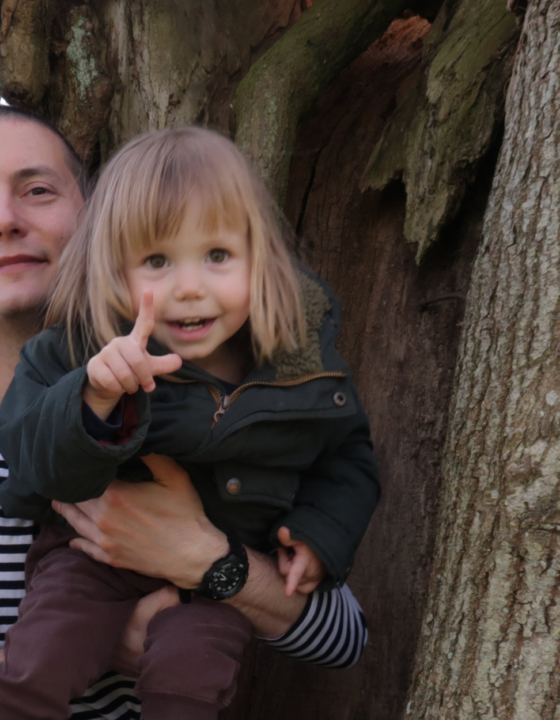
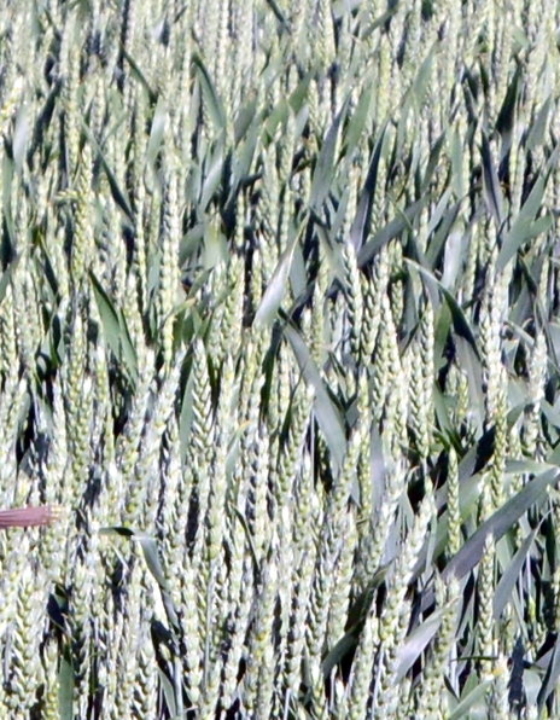
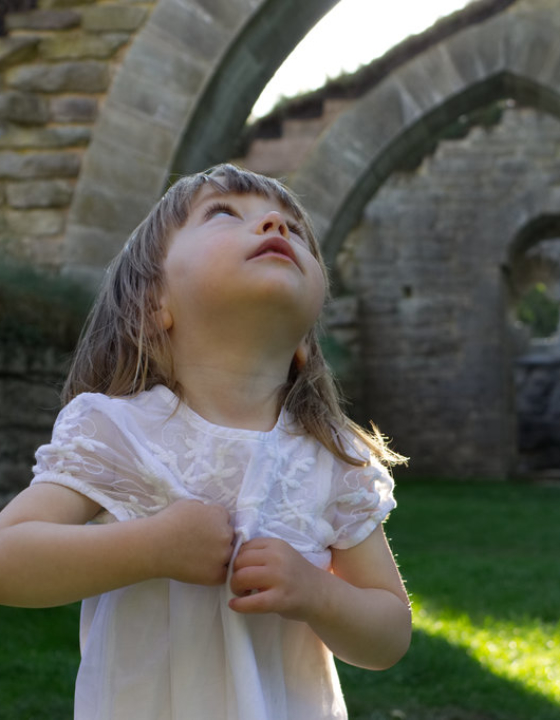
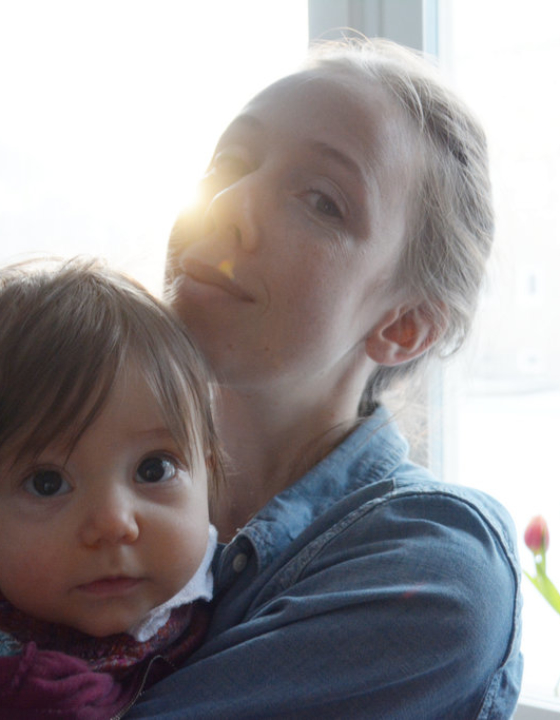
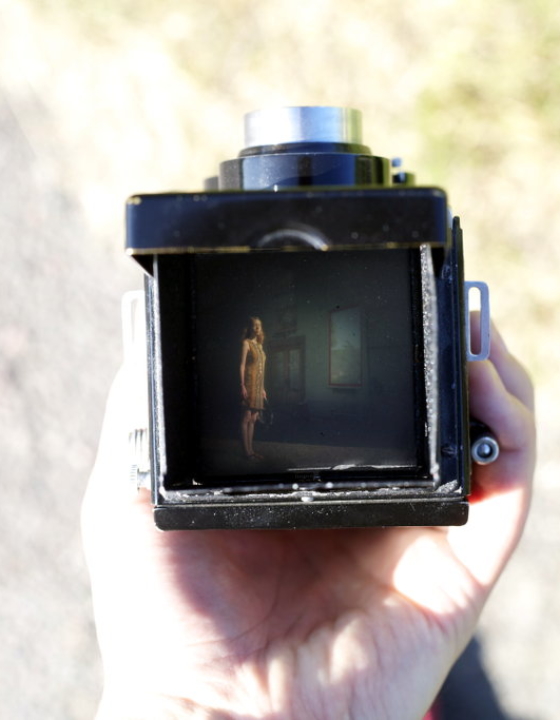
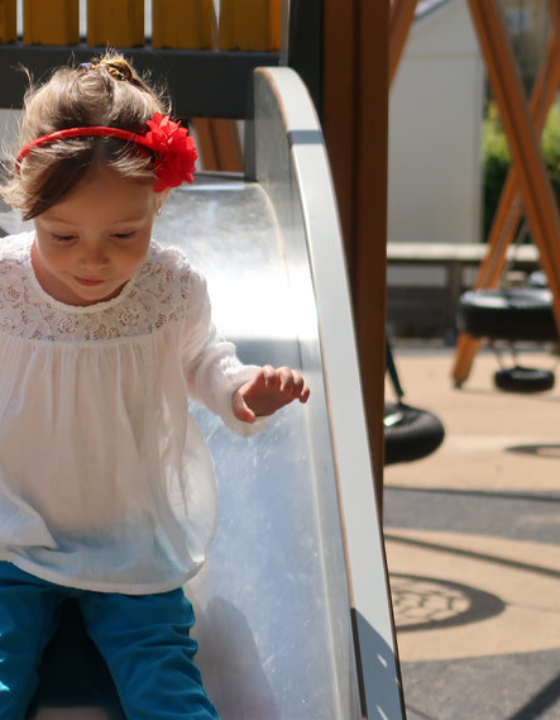
Flower of Life
August 20, 2014I was travelling in Greece and Turkey last summer, visited Pergamo city also and found that there is a museum in Berlin with the same name, they are associated with culture heritage. I wish I could visit Berlin museum at some point, so precious archaeology items it has. Especially ancient collection.
One thing that was kind of a theme of my trip was Flower of Life symbol, which I found traces everywhere. So after the trip I decided to research historical roots of the symbol and collect items to my pinterest account, which already has few excellent items not been noted elsewhere in this context: https://www.pinterest.com/markomanninen/flower-of-life-history/
It is possible that sumerian version you have photographed is the oldest one we know, that’s why I sent you email and asked about it. I just need to ask museum, what do they think about dating of the objects.
BTW, you can visit Pergamo museum and many other by Googles virtual museum projects.
https://www.google.com/culturalinstitute/collection/pergamonmuseum-staatliche-museen-zu-berlin?museumview&location=52.520427703857422%2C13.396306991577148%2C2.0699999332427979%2CE0ry8Bz3u9j9wdB9BPWucQ&projectId=art-project&hl=en
Take first floor and sumerian hall and you will find same items there :)
Have a great time Sanjin, hope to hear you later!
Sanjin Đumišić
August 20, 2014Hello! I got your mail and answered yesterday and gmail does sometimes out it in the spam folder, did you get it?
I got the sense you’re into the flower of life, I’m also into it and believe it’s a very special and ancient symbol. Have seen it from India to northern Norway. I’m no expert but I don’t think the Sumerian are the oldest ones. The amount of them indicate that they were “mass produced” and the original or oldest one would be in a more strange place to be found – maybe it’ll be found or not. But somewhere in the design of the flower of life is a mathematical understanding. Interesting is that even today it is one of the few symbols seen all over the world.
I’ve added two more photos of the ones in Pergamon Museum. Maybe later I’ll add even more photos of other objects. Here’s a speculation on the fashion of monk robes and that the style may have come from Sumer and then become the style of Buddhism =) – https://sanjindumisic.com/sumerian-buddhist-monk-robe-before-the-buddha/
Great and unique collection of life flowers you have there! Thanks for sharing!
/All the best
Brock
June 19, 2015Hi Sanjin, my name is Brock and I reside in Australia, I really enjoyed your thread and images. Wow. I am not too familiar with the history or culture of Sumerians. This thread has helped begin the journey to discovery or to add in one of my favourite quotes
“you don’t learn, you remember”
I have been pondering the seed of life or flower of life whichever term you prefer. ..
My theory as to which, could’ve already been proven/disproven is~
The flower of life or seed of life is a stamp of the mustard seed. Which to my knowledge is a natural cancer cure found in Northern Australia.
Do you agree on my theory/ponder?
I’d like to know your opinion.
Thanks and be well.
Brock
Sanjin Đumišić
June 19, 2015Hello Brock!
I think that’s is a valid theory and nobody knows what the symbol represents. I think since it’s been found around the world from different dates in history there is a significance to it, a big one. It could be a cure as you say or knowledge in a “compressed” way. Sort of like a code to be scanned, either with technology or in some other way. That could hold some wisdom, mathematical knowledge, cures and what have you. I doubt that it is something like a coca cola symbol left from ages long gone by, but something very deeply rooted and I would even say important for us.
I did re-read the post above and then a quick search on the mustard seed connection. I’m interested in that, so if you have more to say about it please share – or if you have a link or author tip for further reading. Here is a Finnish man, Marko Manninen, who connected some loose ends in his essay ‘Flower of Life Mystery’ – https://floweroflifemystery.wordpress.com
/All the best
Flower of Life
August 3, 2016Hi Sanjin,
its been for a while since last talk. But I haven’t been inactive all the time. Namely, I just got ready my second book about the Flower of Life. It is visible on my gitbook project: https://creative.flowerofliferesearch.com/ as well as a pdf document on Academia: https://www.academia.edu/26319739/Creative_power_of_the_Flower_of_Life
Have you visited ethnographic museums in Sweden? I’m pretty sure you will find FOL symbol there from the distaff blades 1700 – 1900 AD.
Have a great year 2016!
-Marko
Sanjin Đumišić
August 3, 2016Thanks Marko! I’ll add that to my autumn literature to plow through. I’m going to travel soon and if I see some interesting FOL’s I’ll send you photos. /All the best
Marko Manninen
August 5, 2016Brilliant! Have a great autumn and happy family life :)
Joseph Giarratano
March 13, 2021It is Amazing how these artefacts have stood the test of time, and have been restored, or for better words saved from looters, and armies sought to destroy this rich history of yesterday .